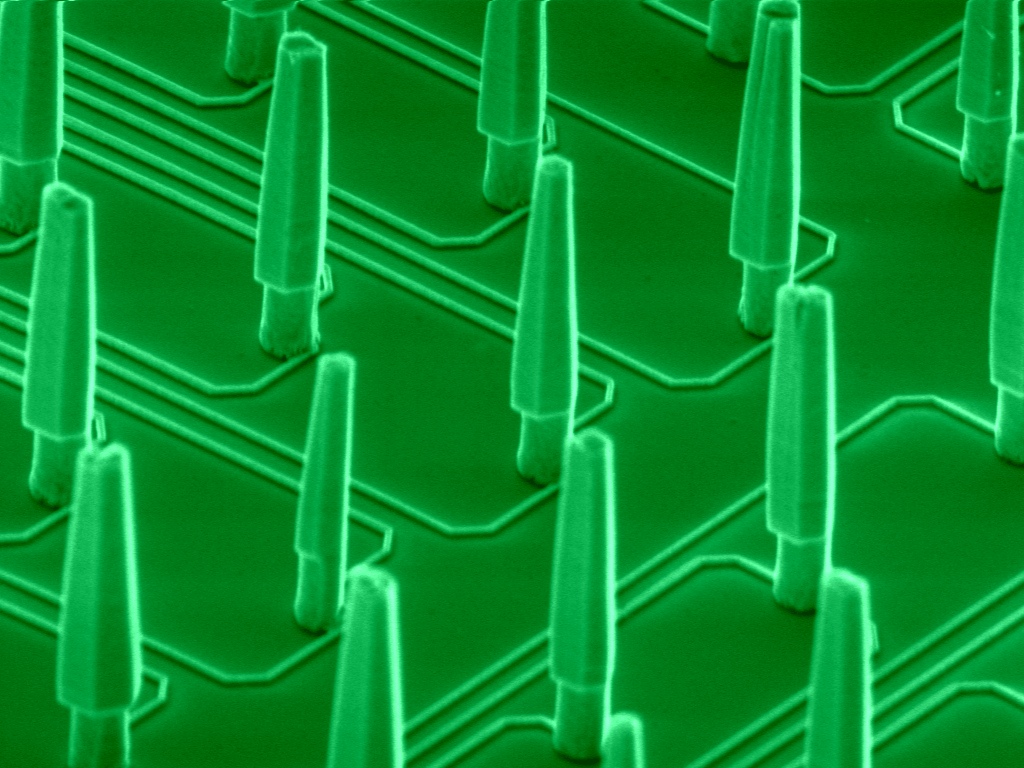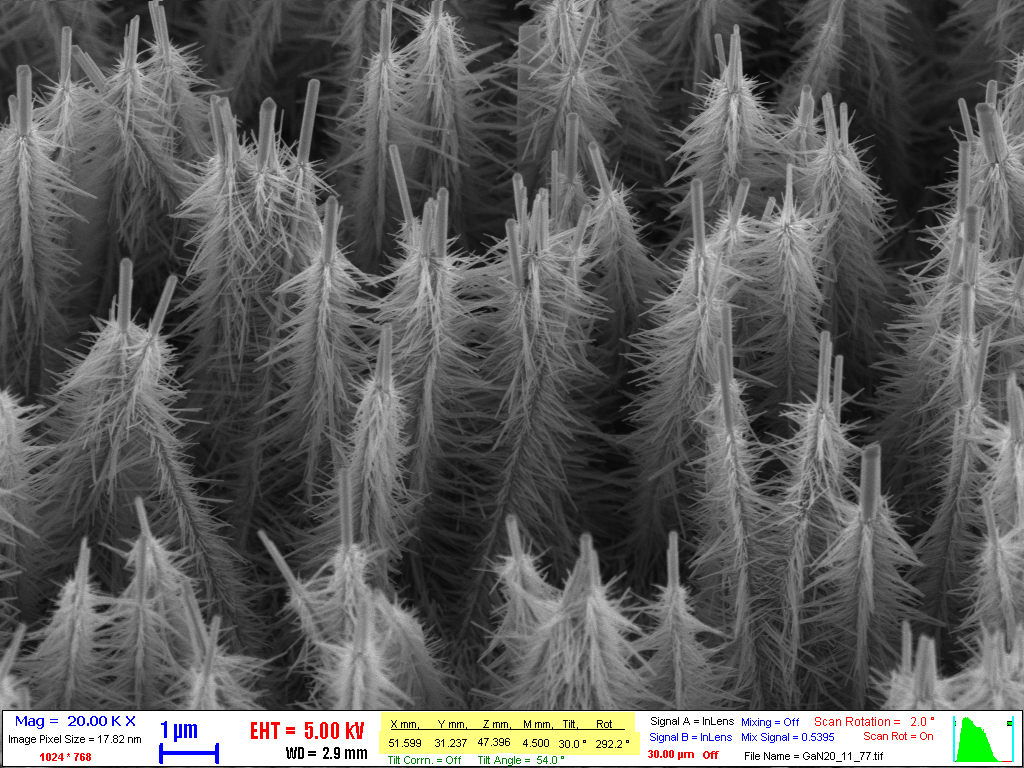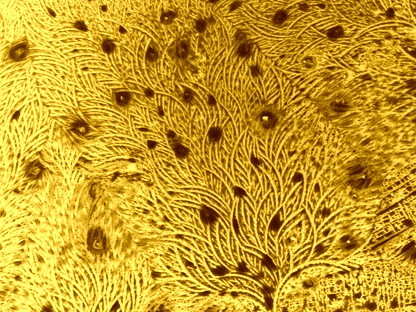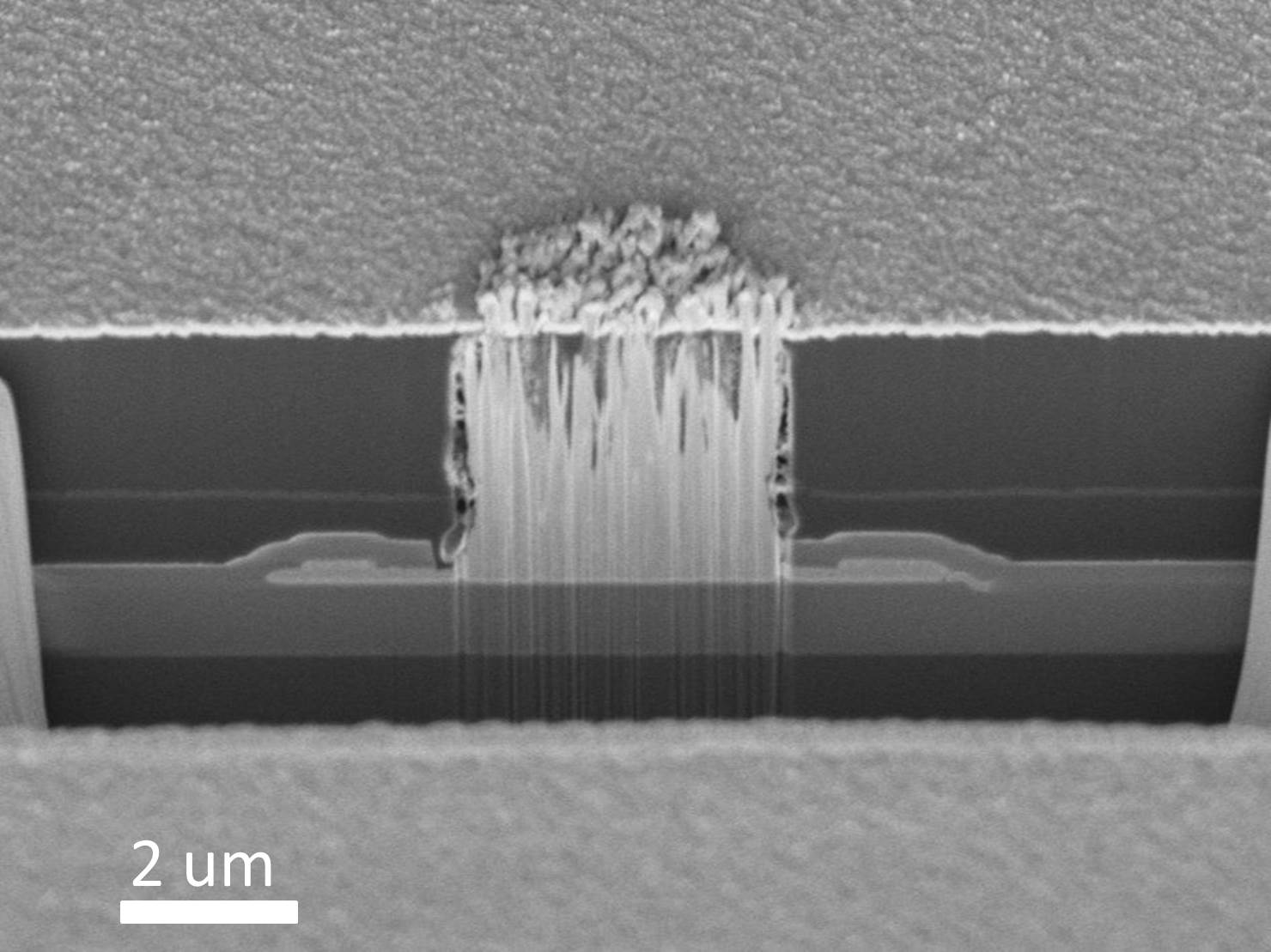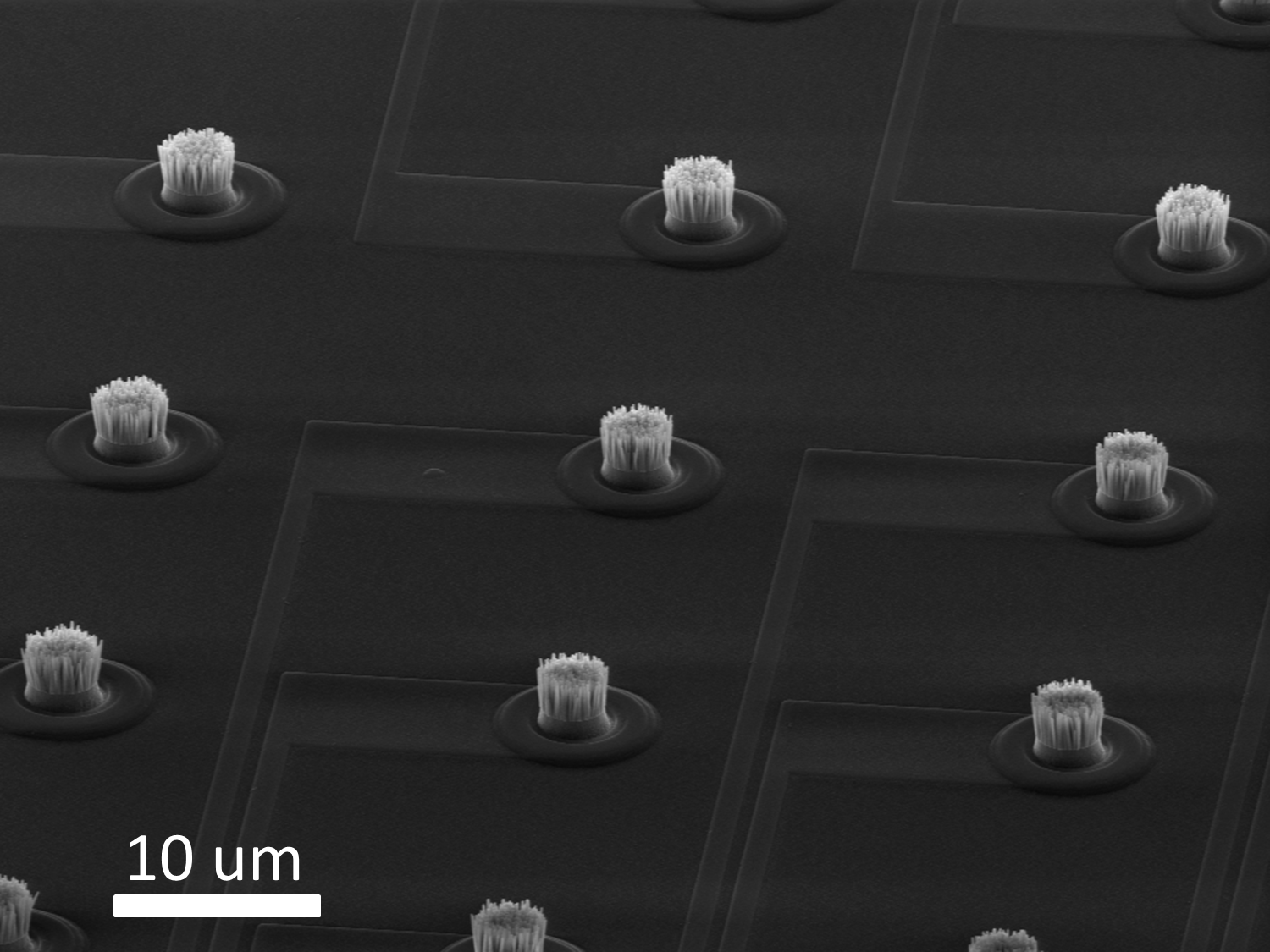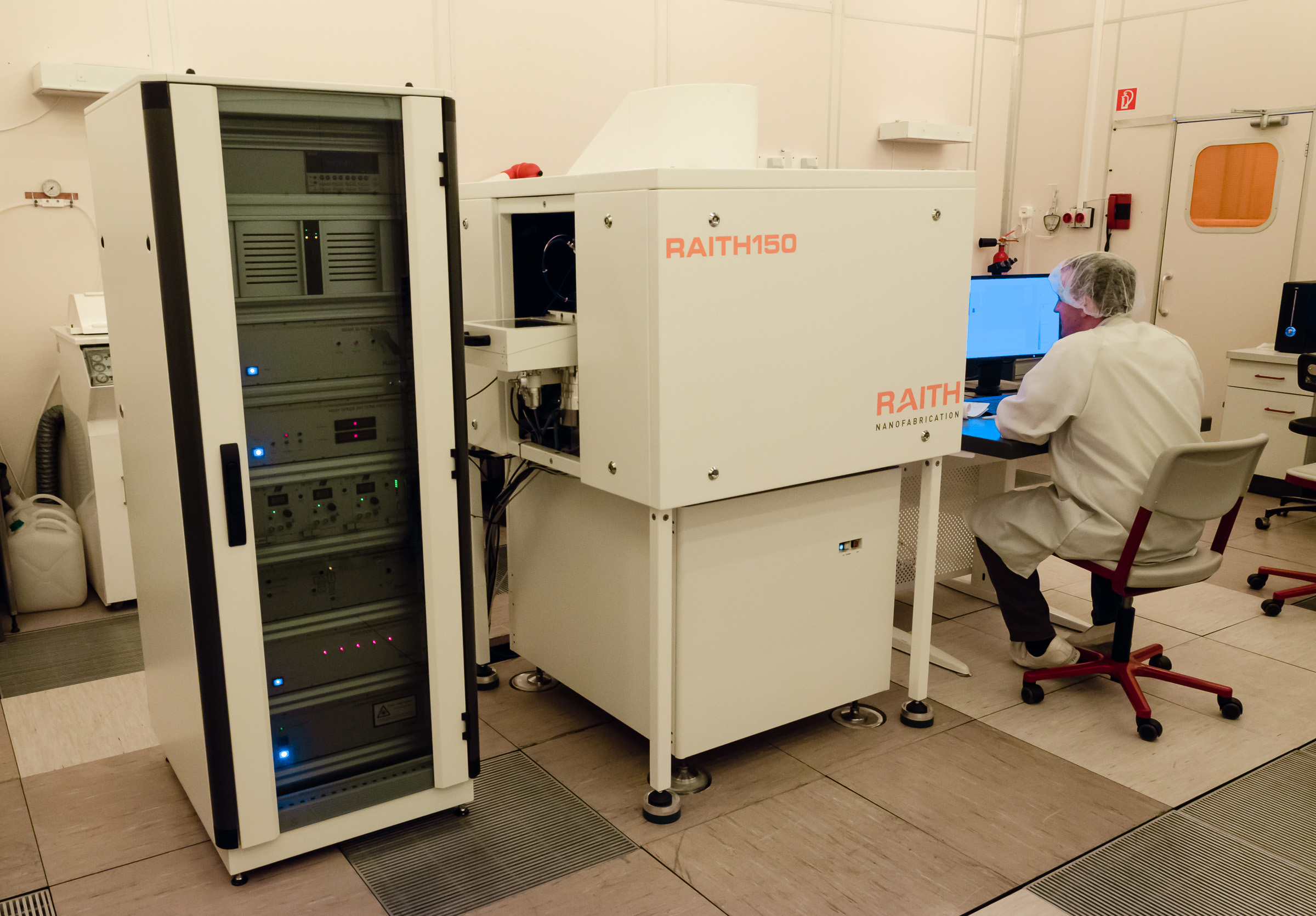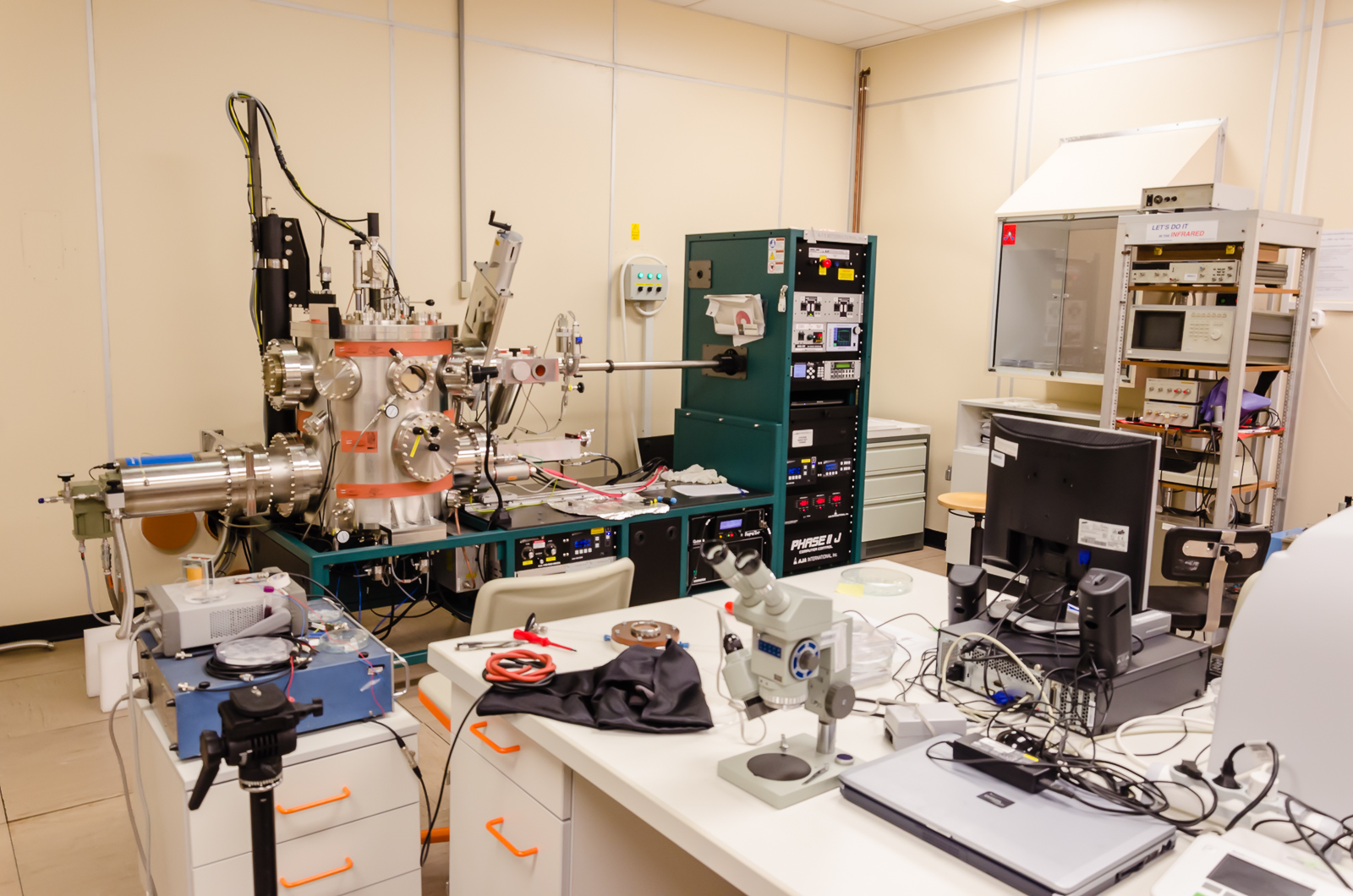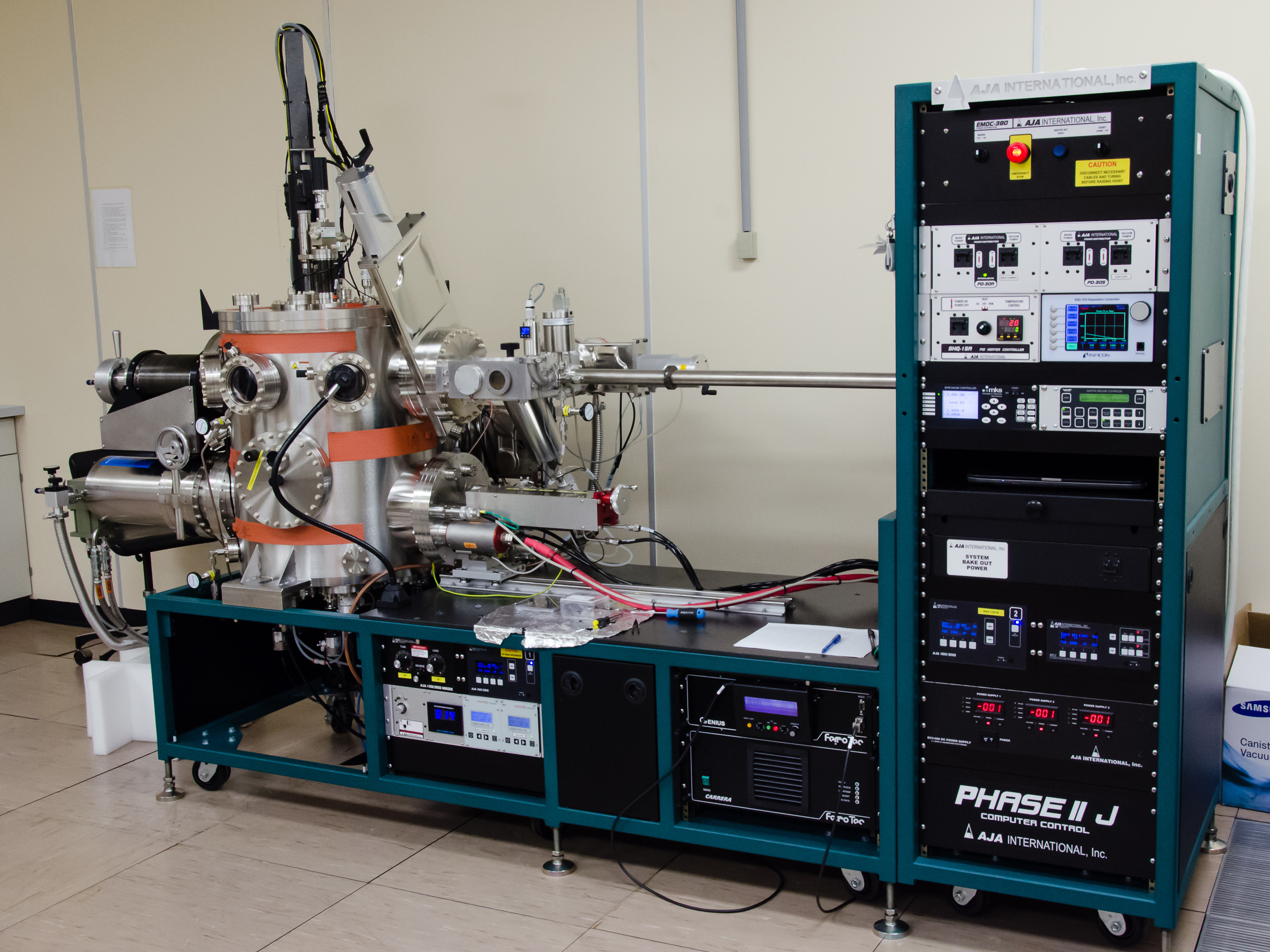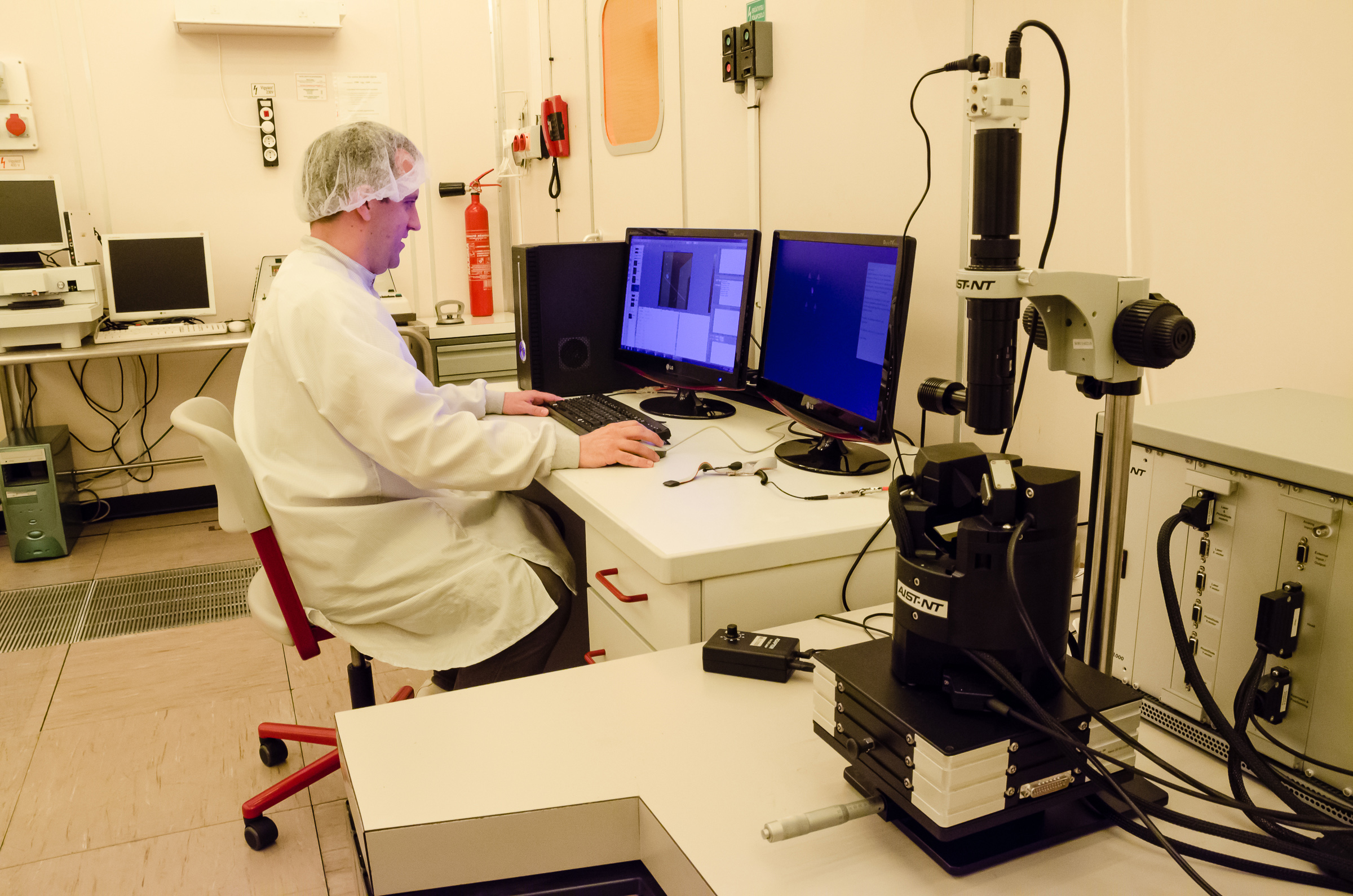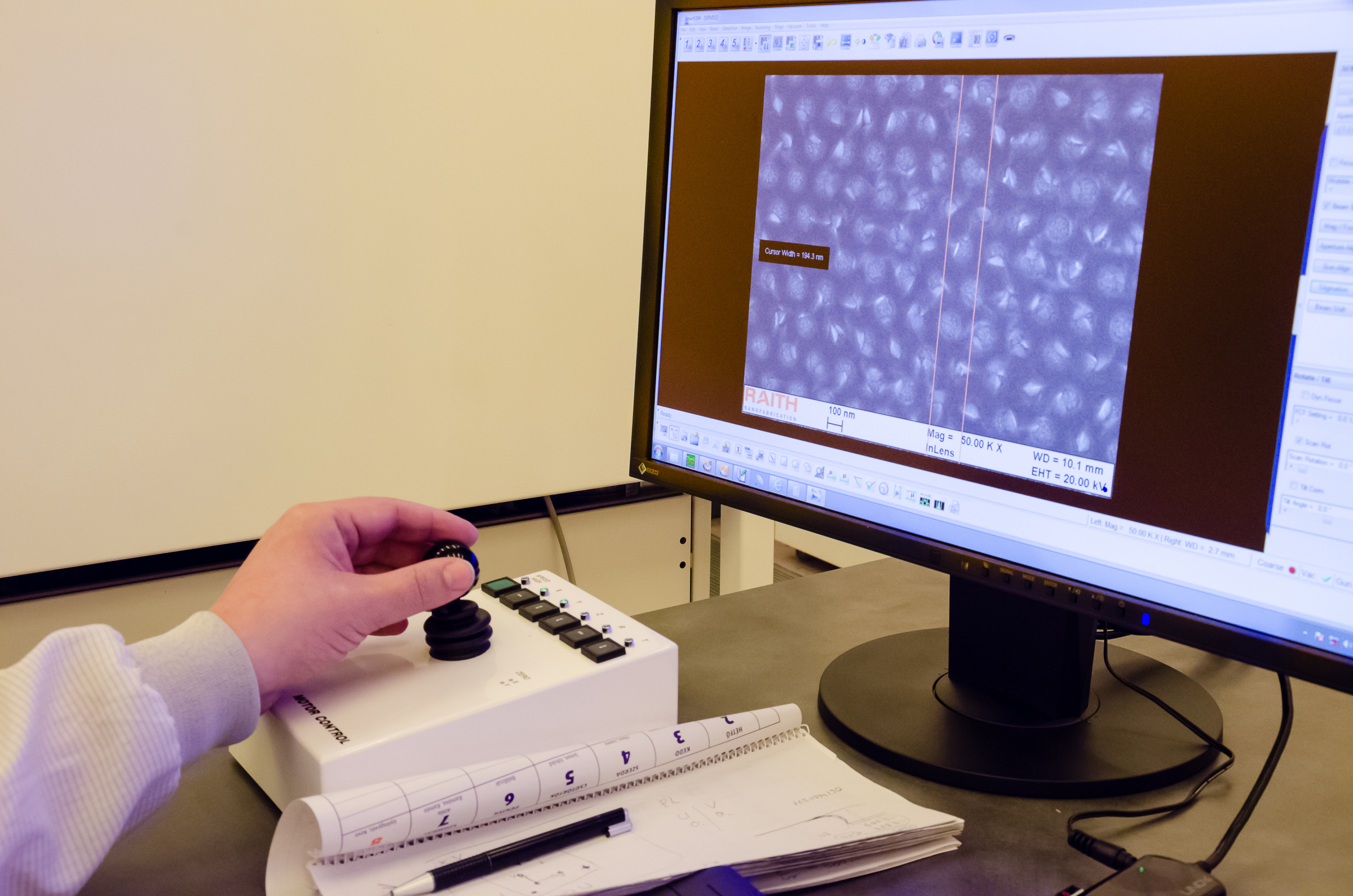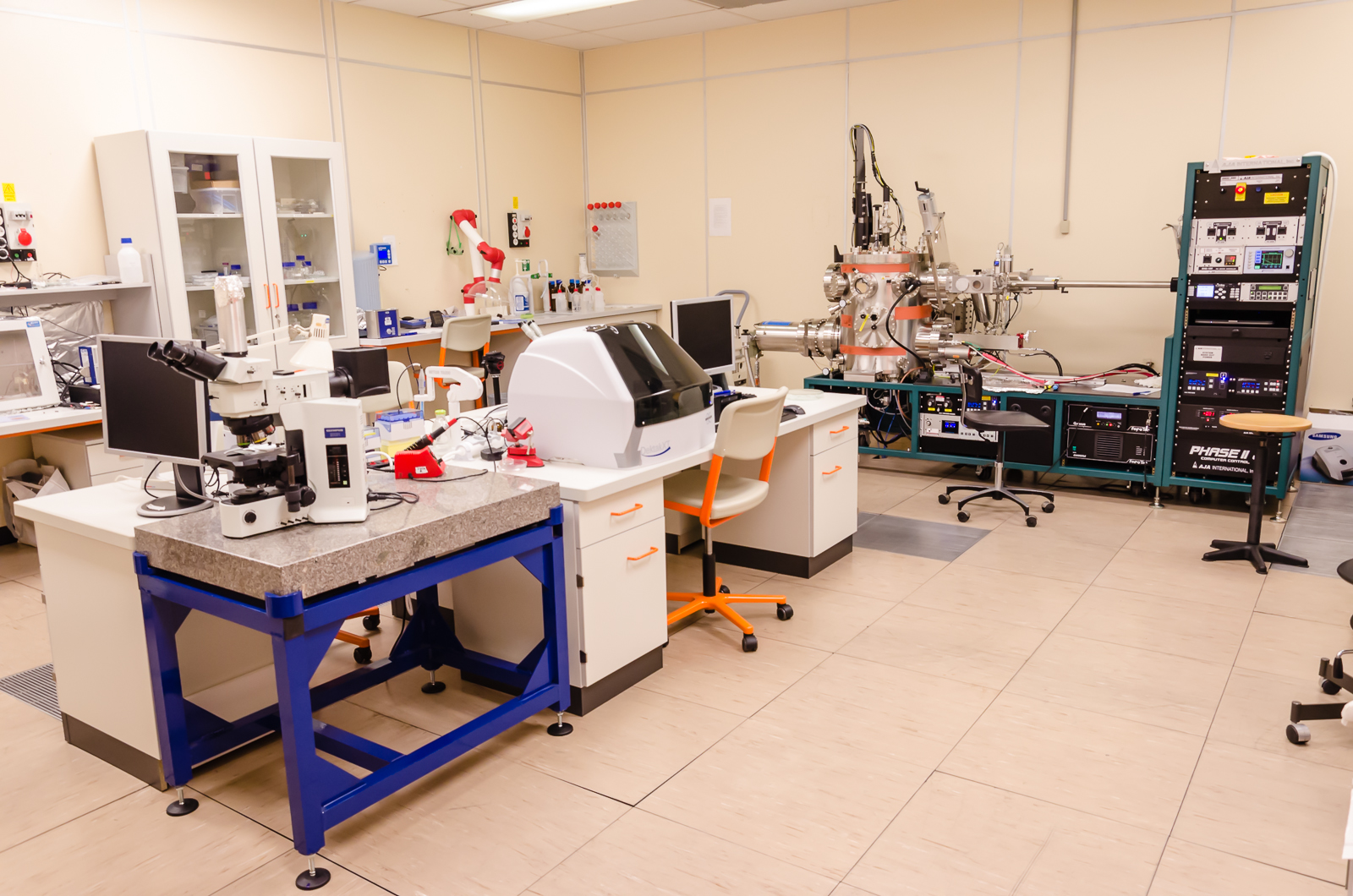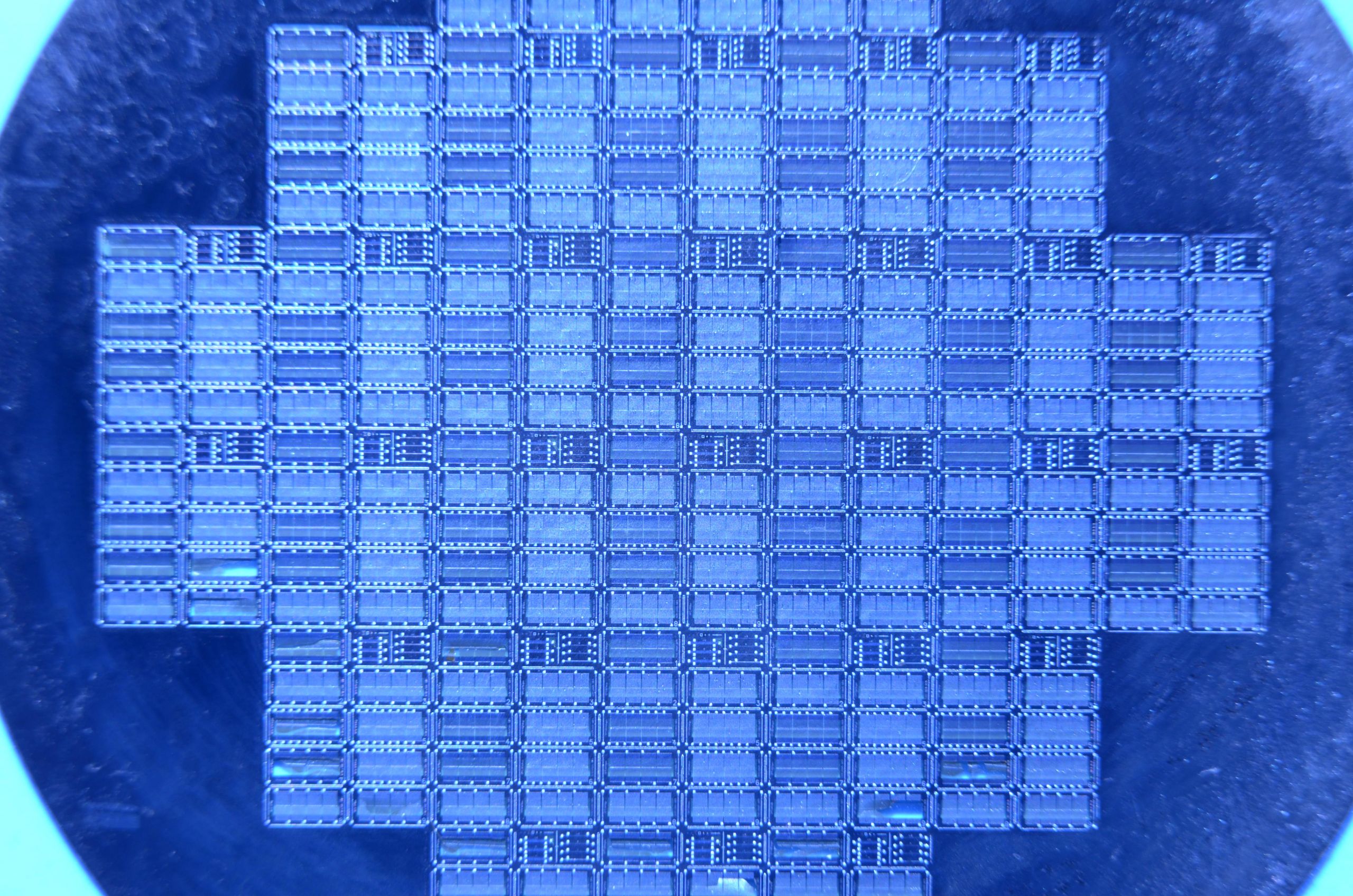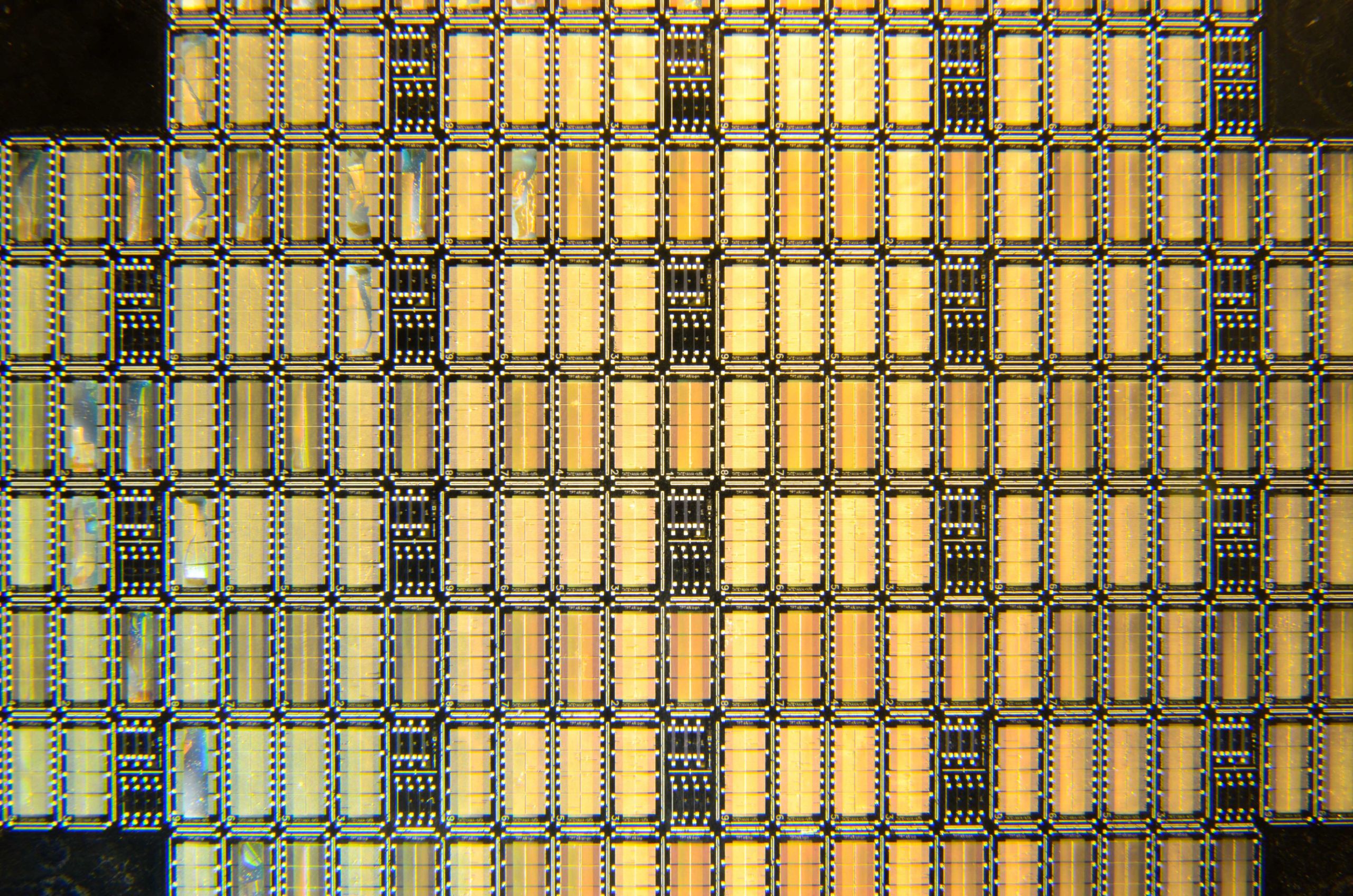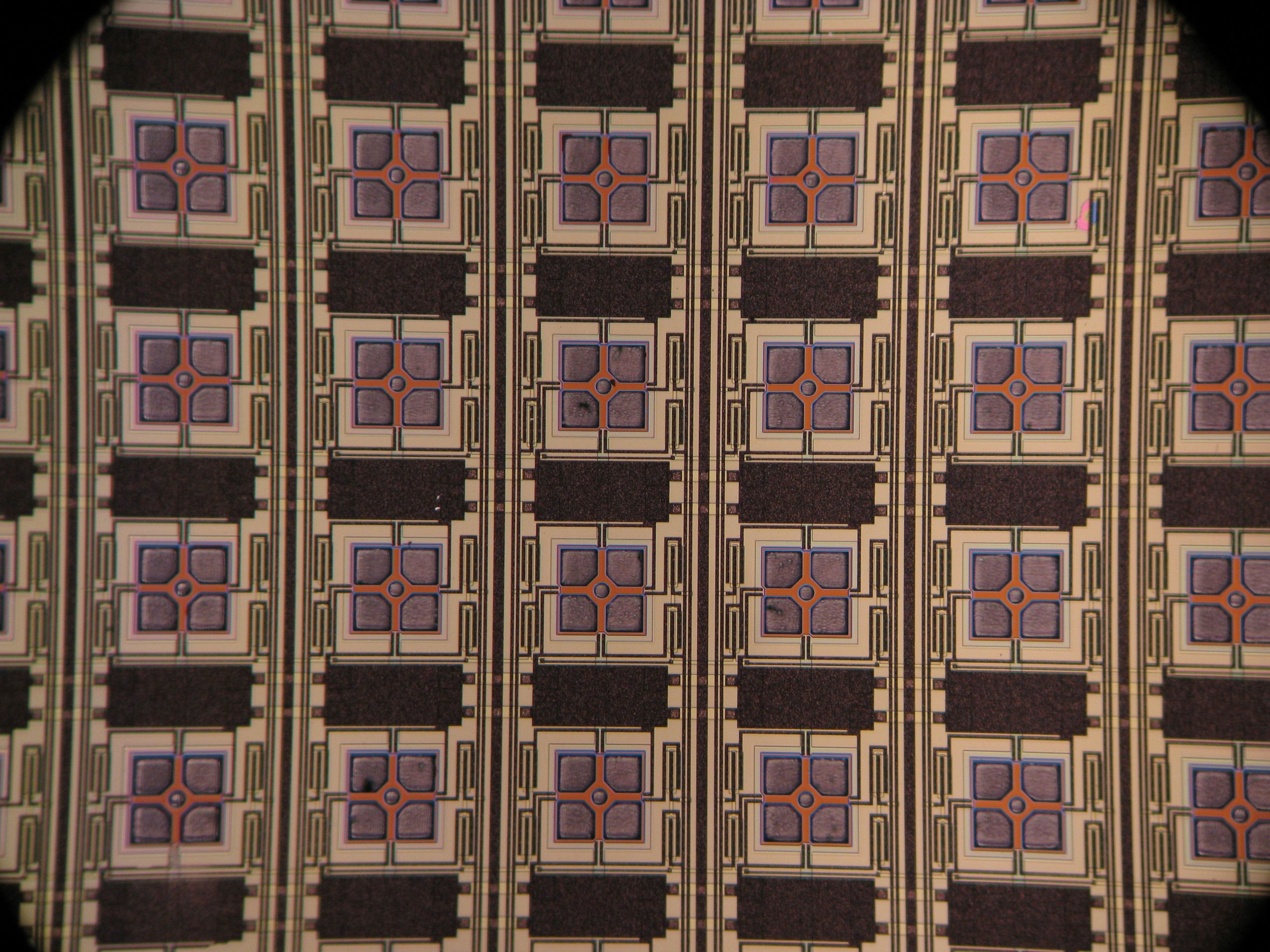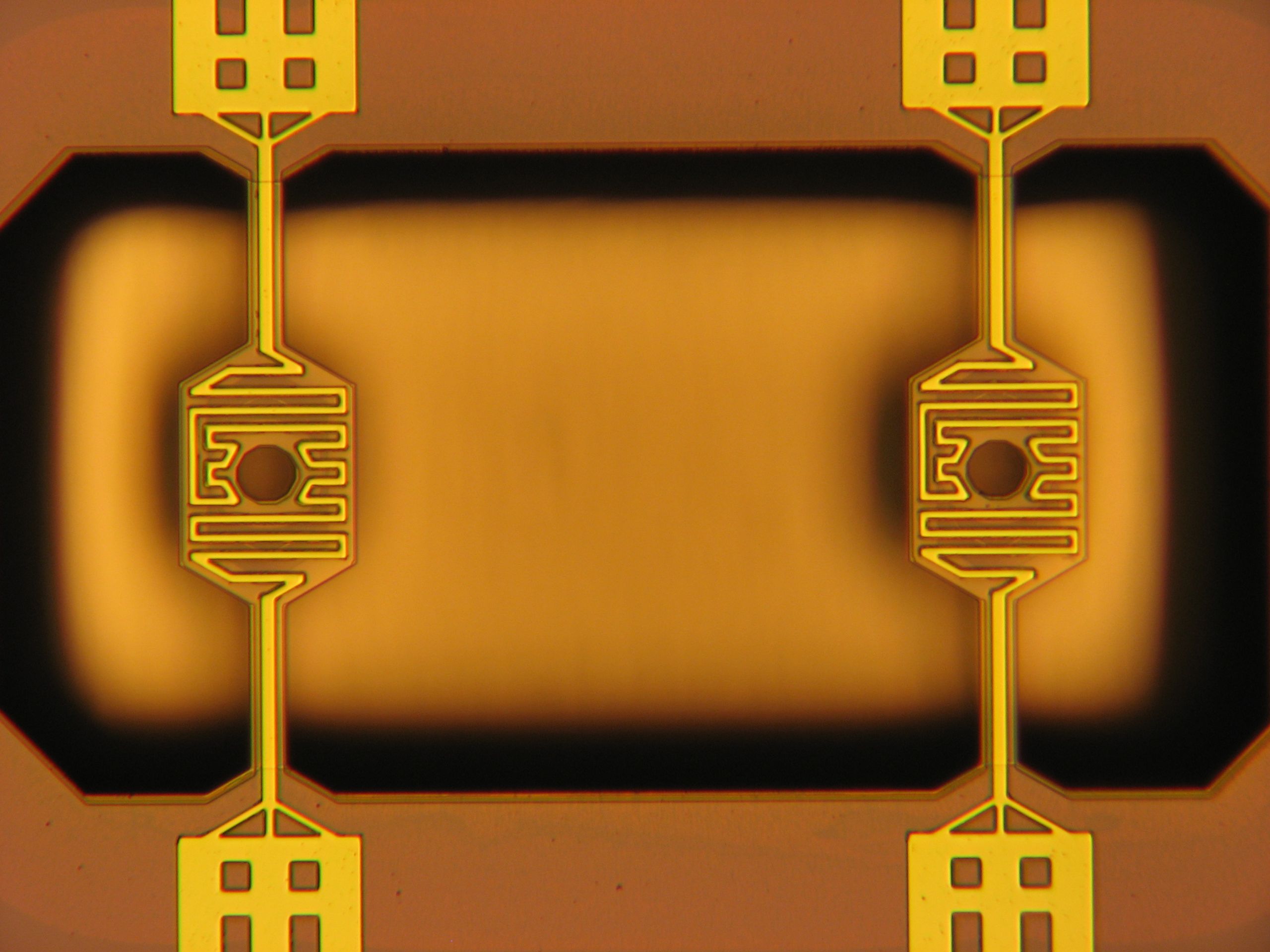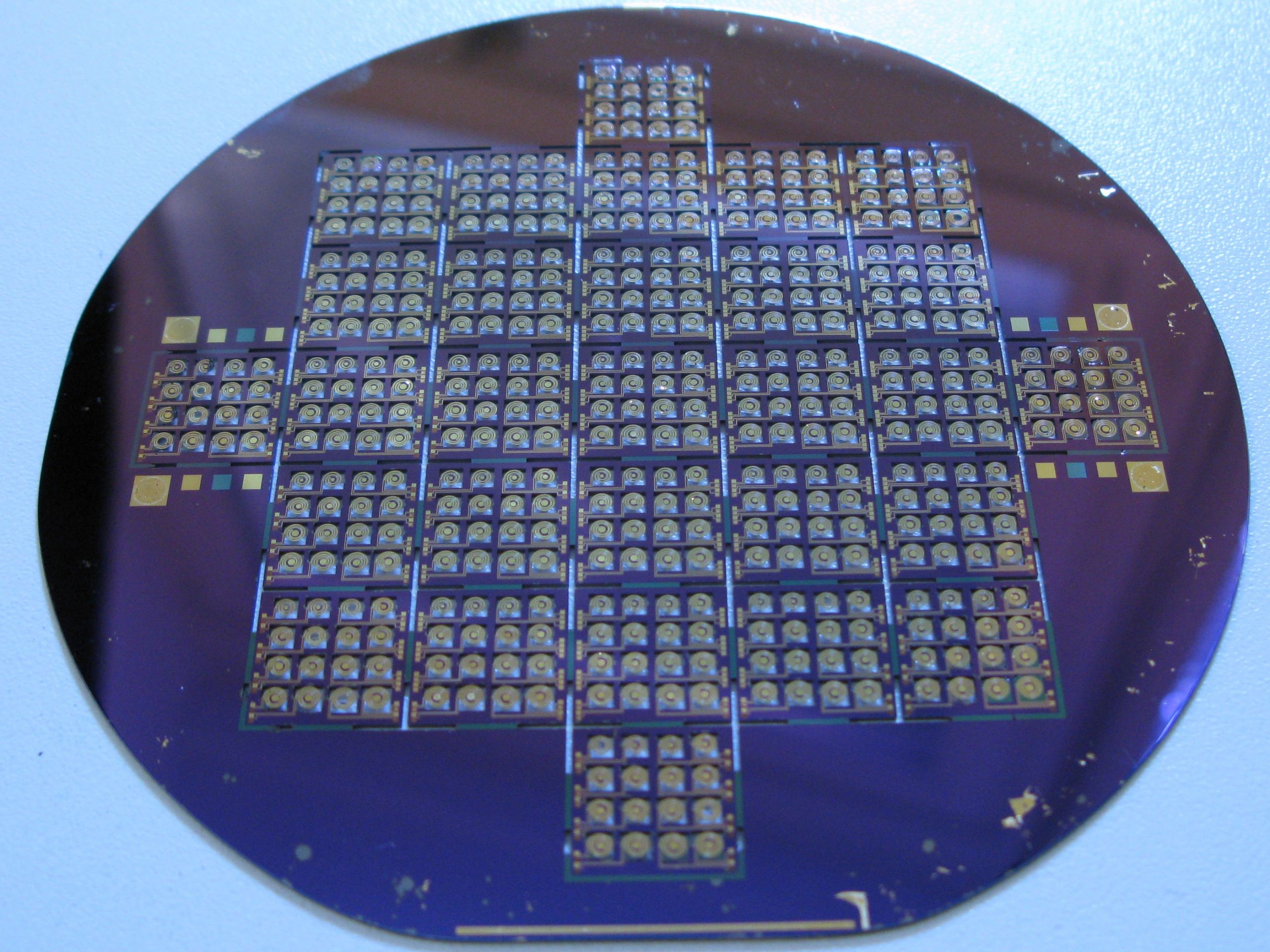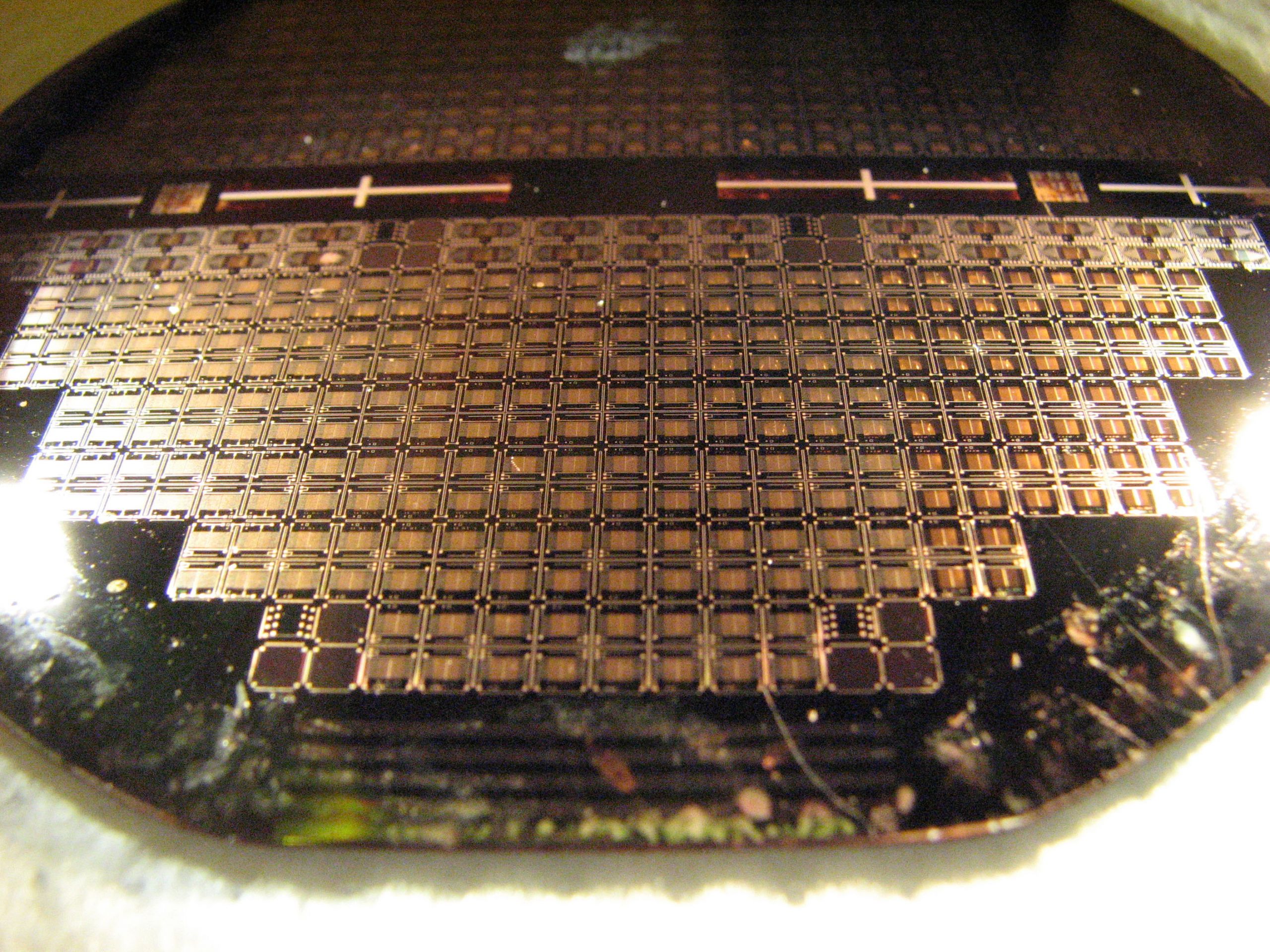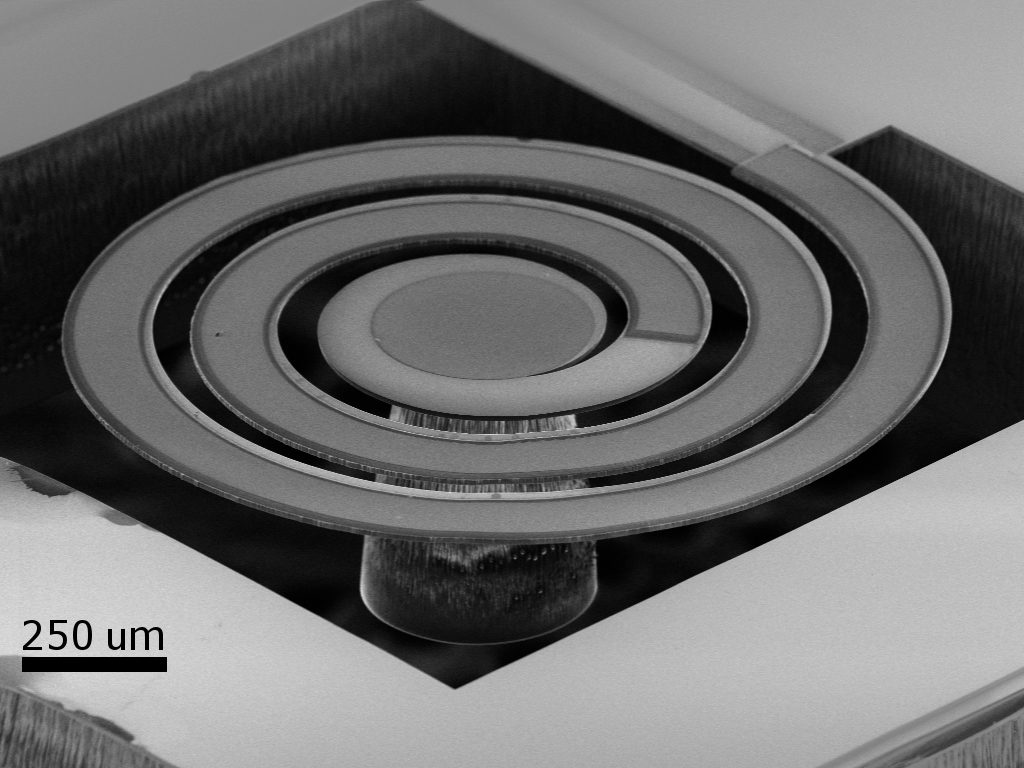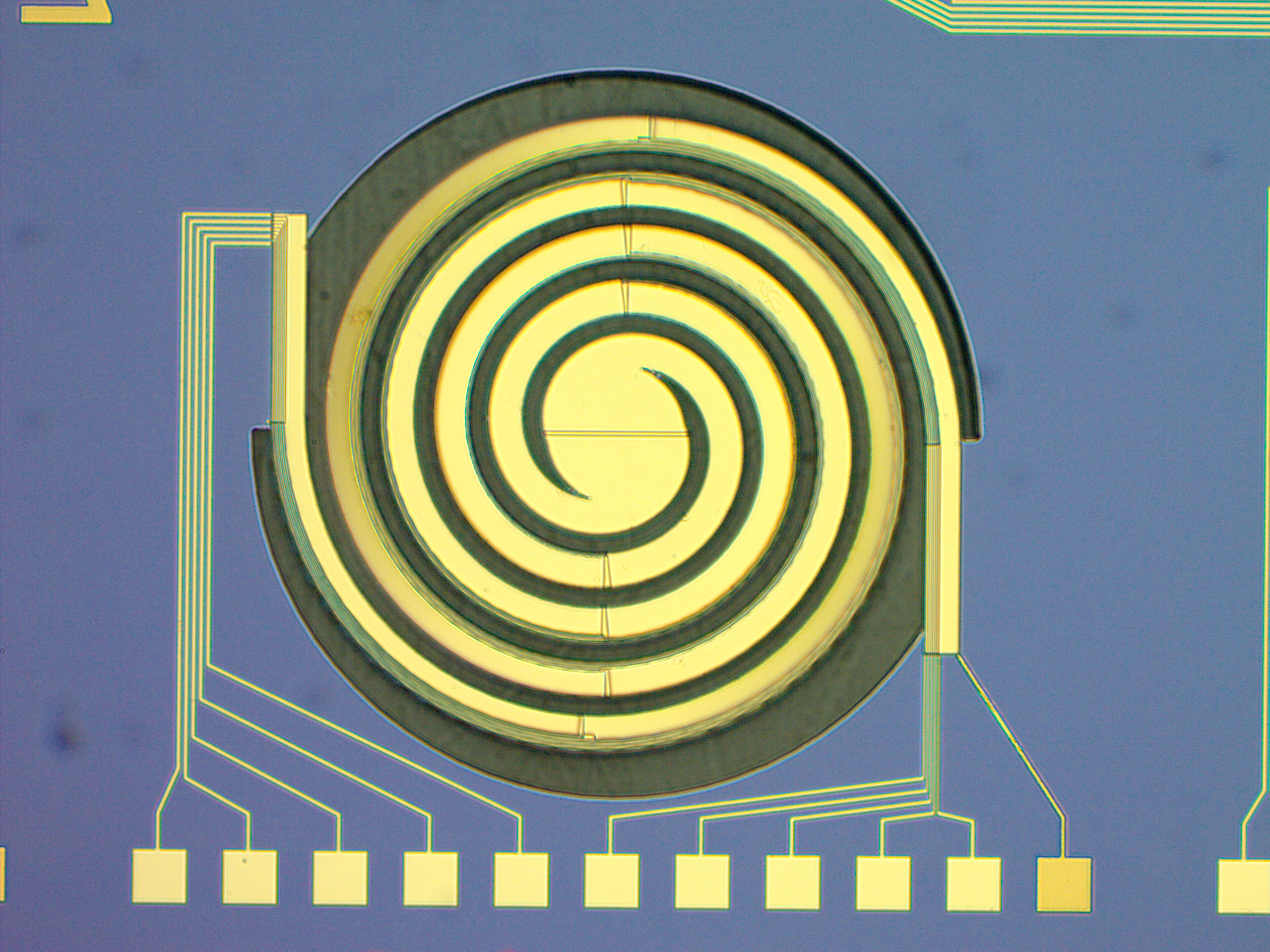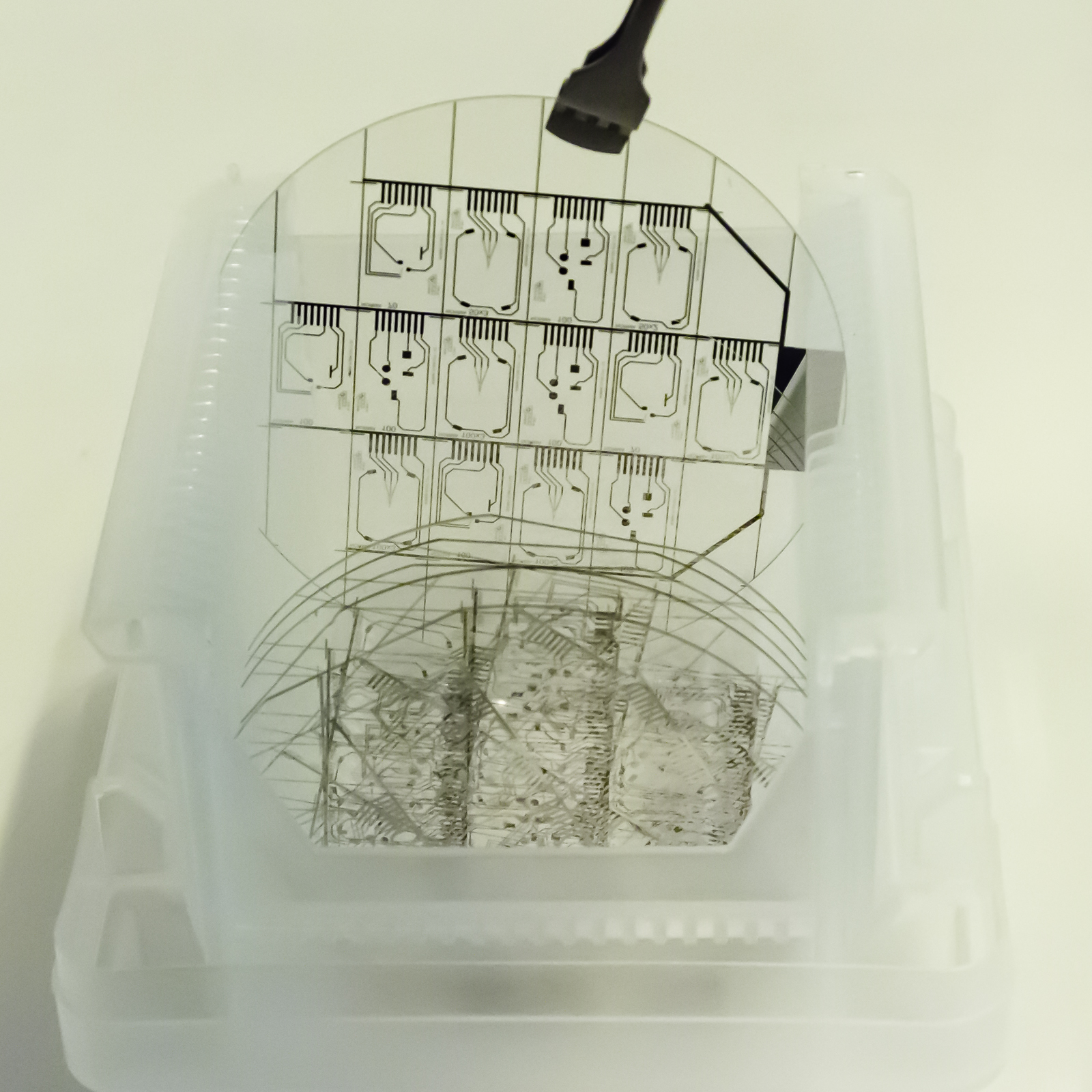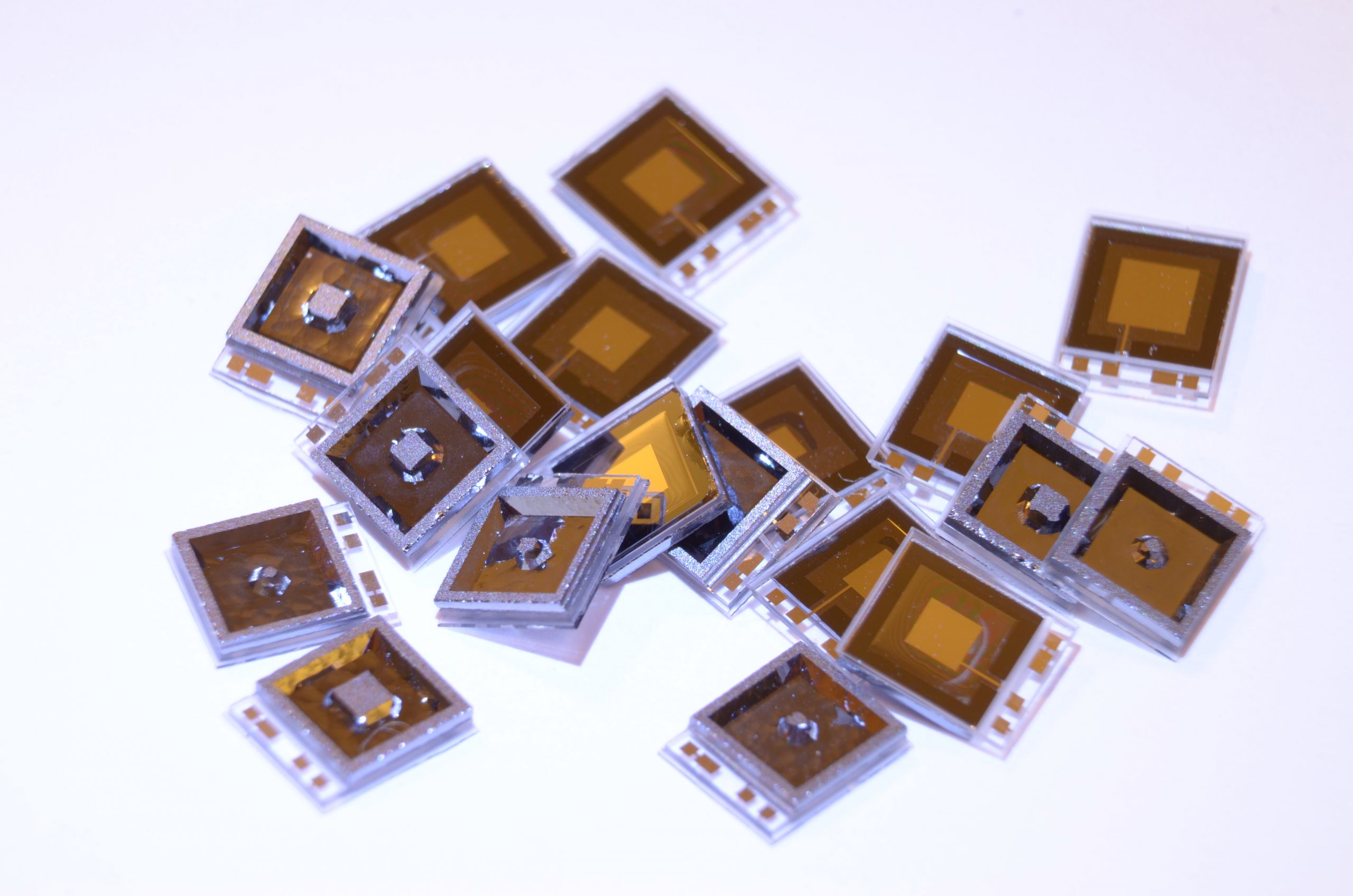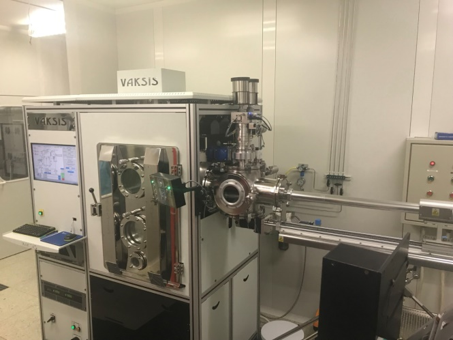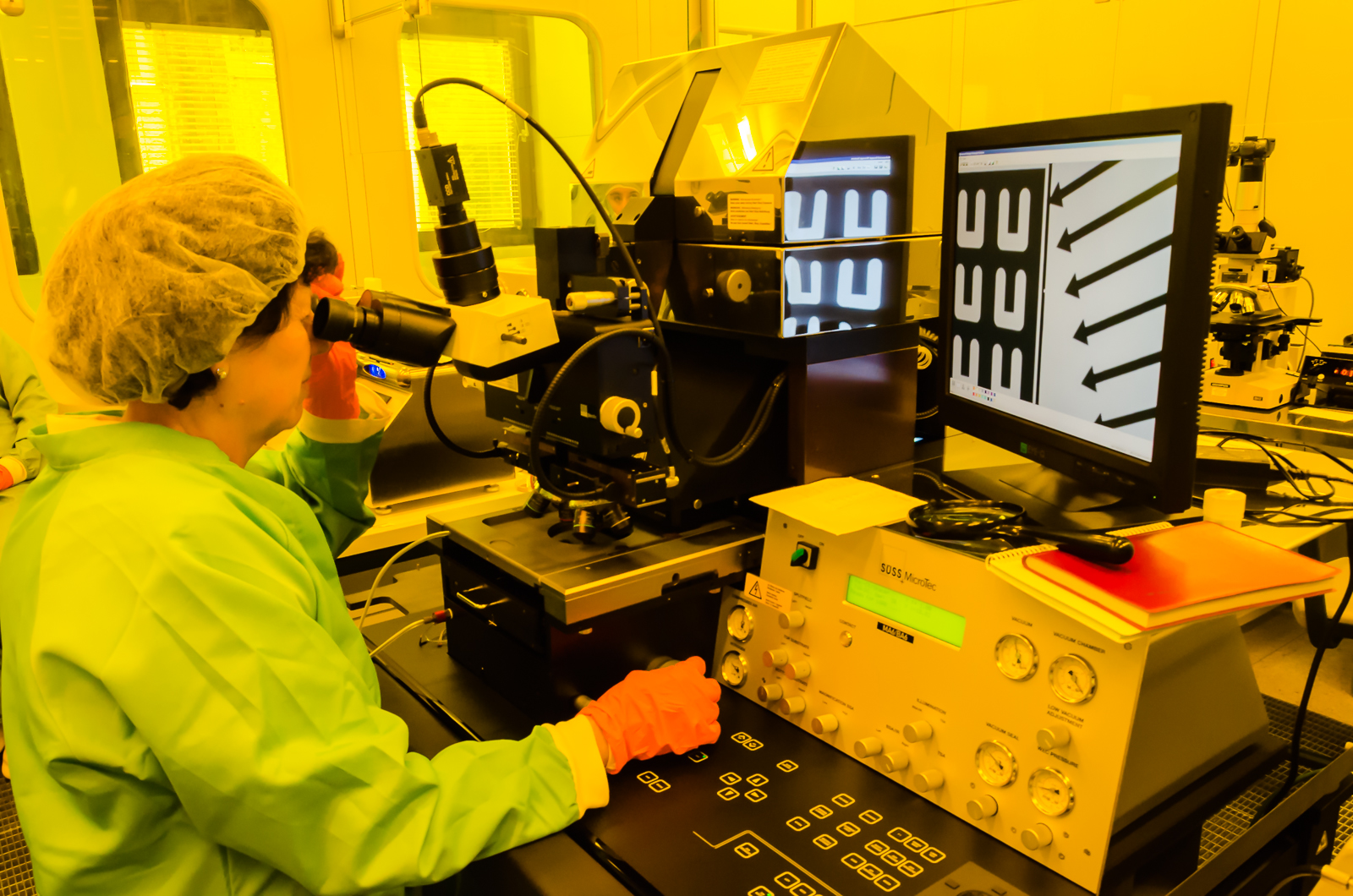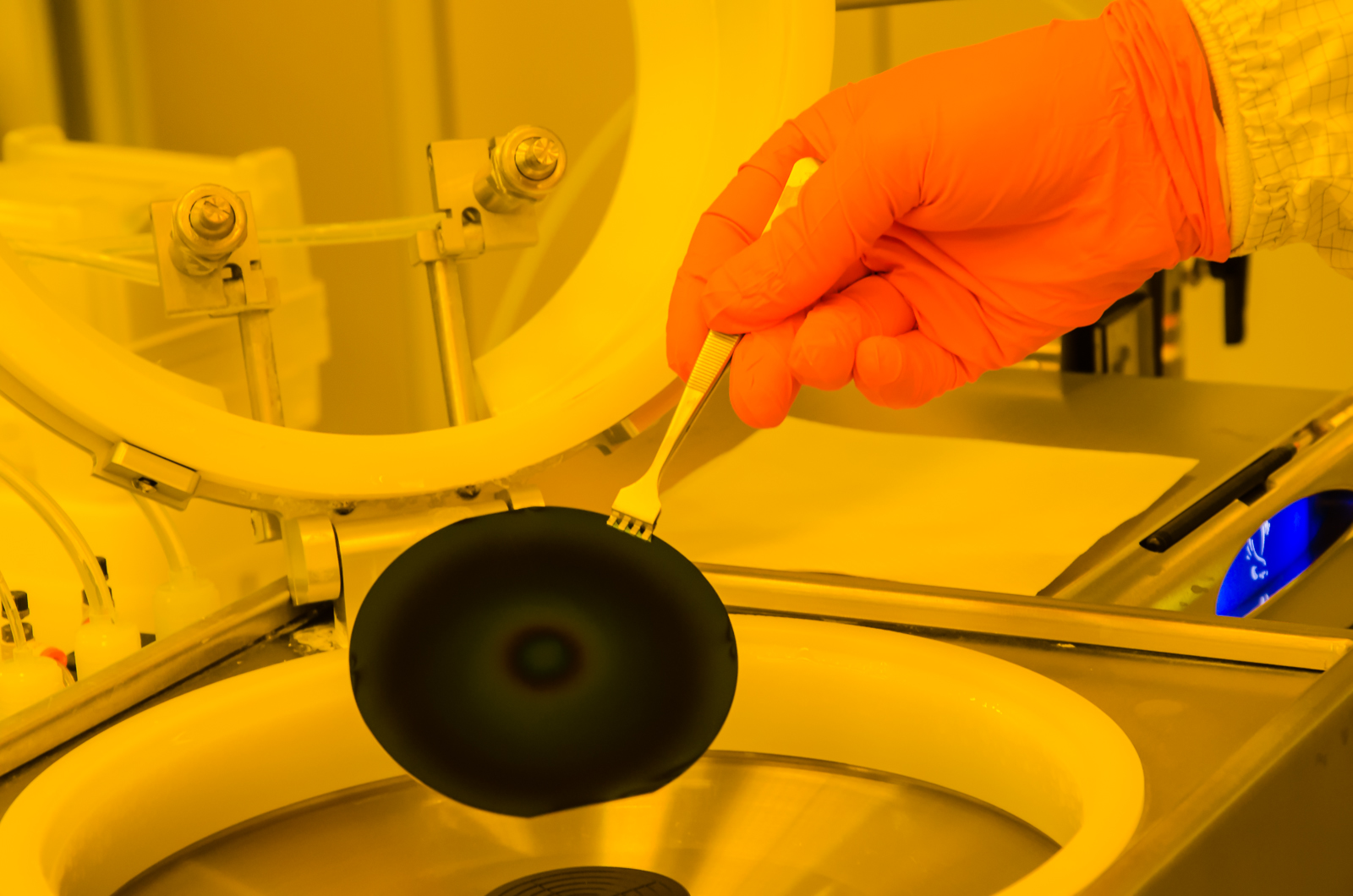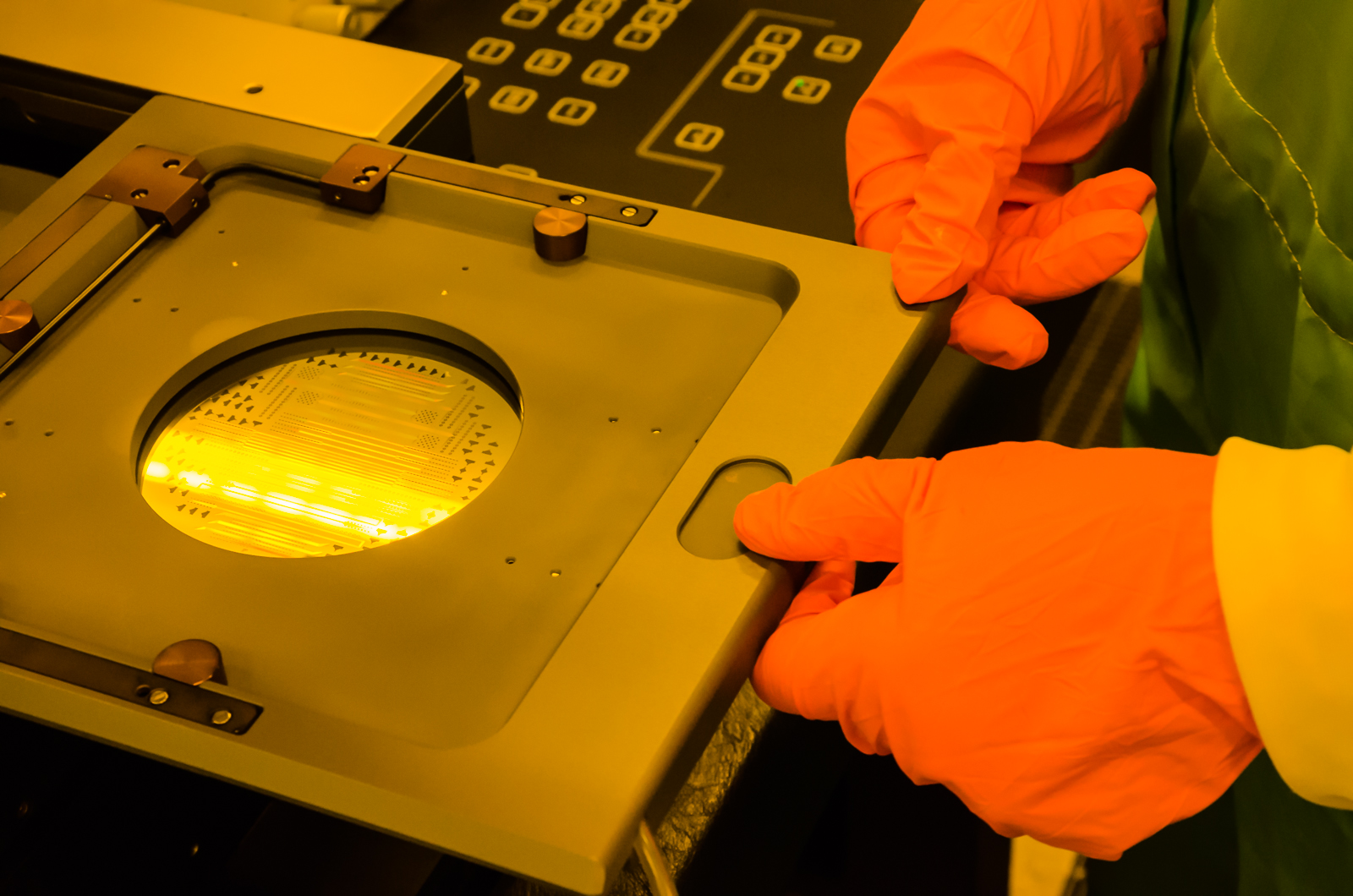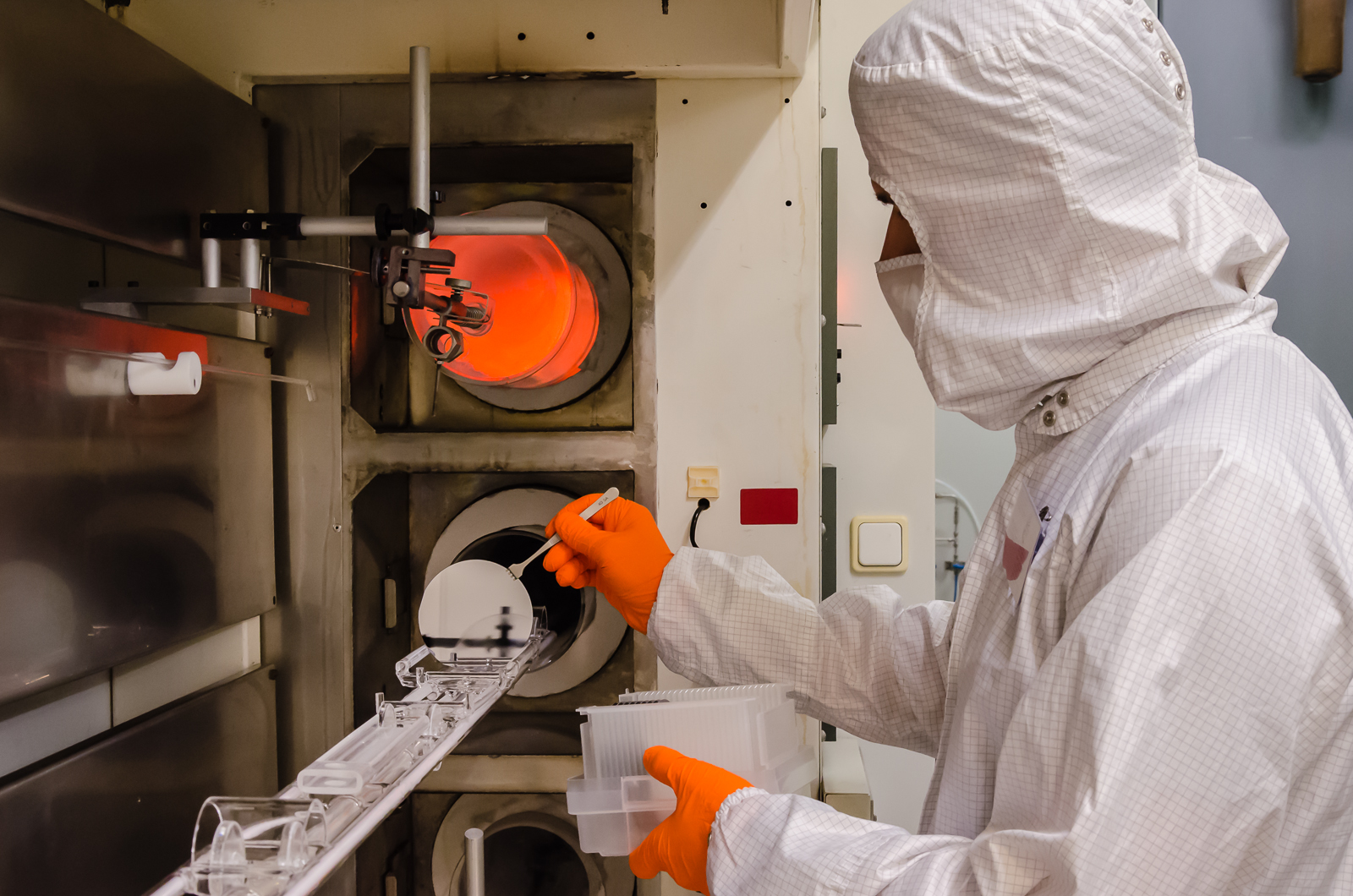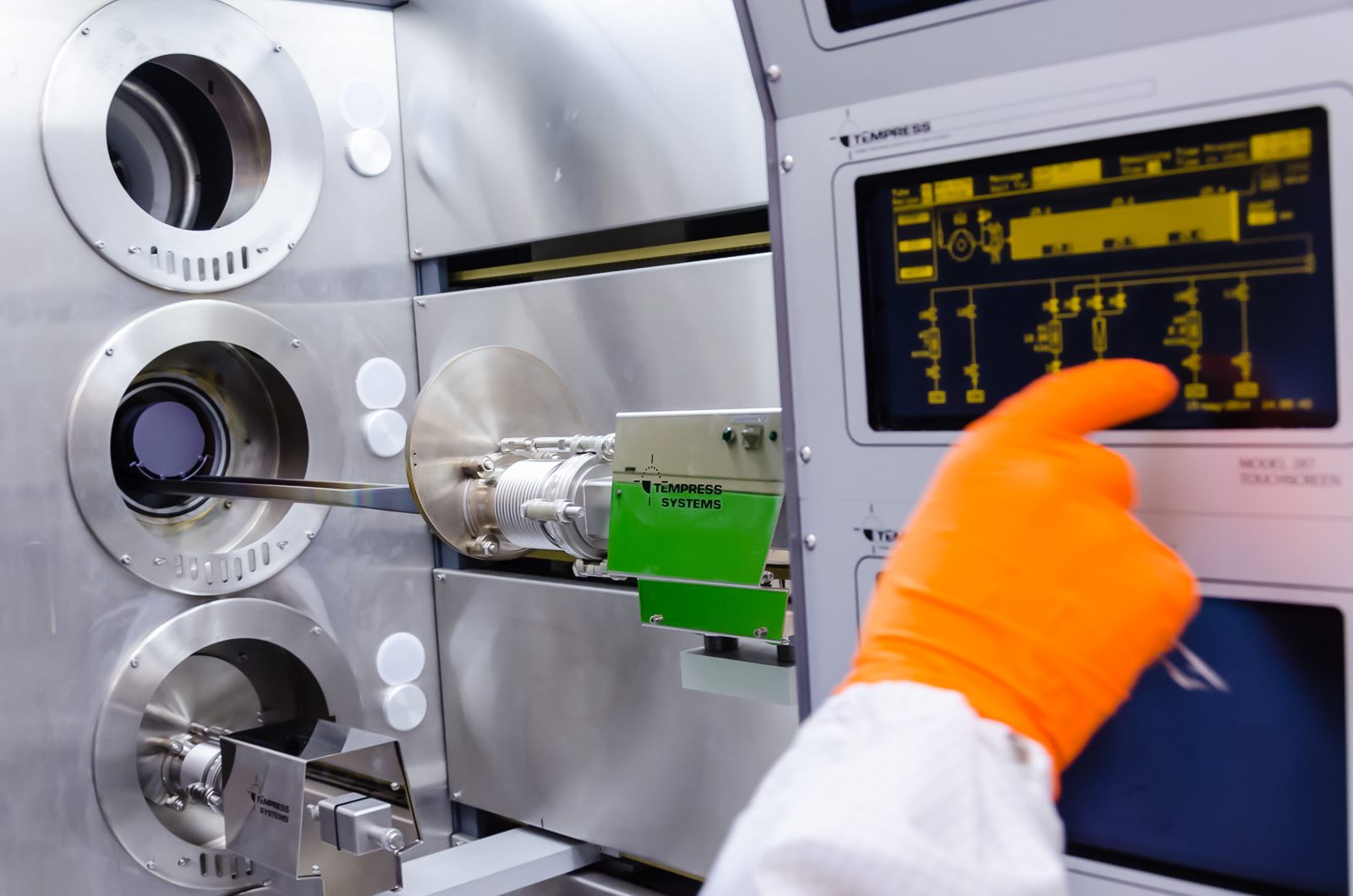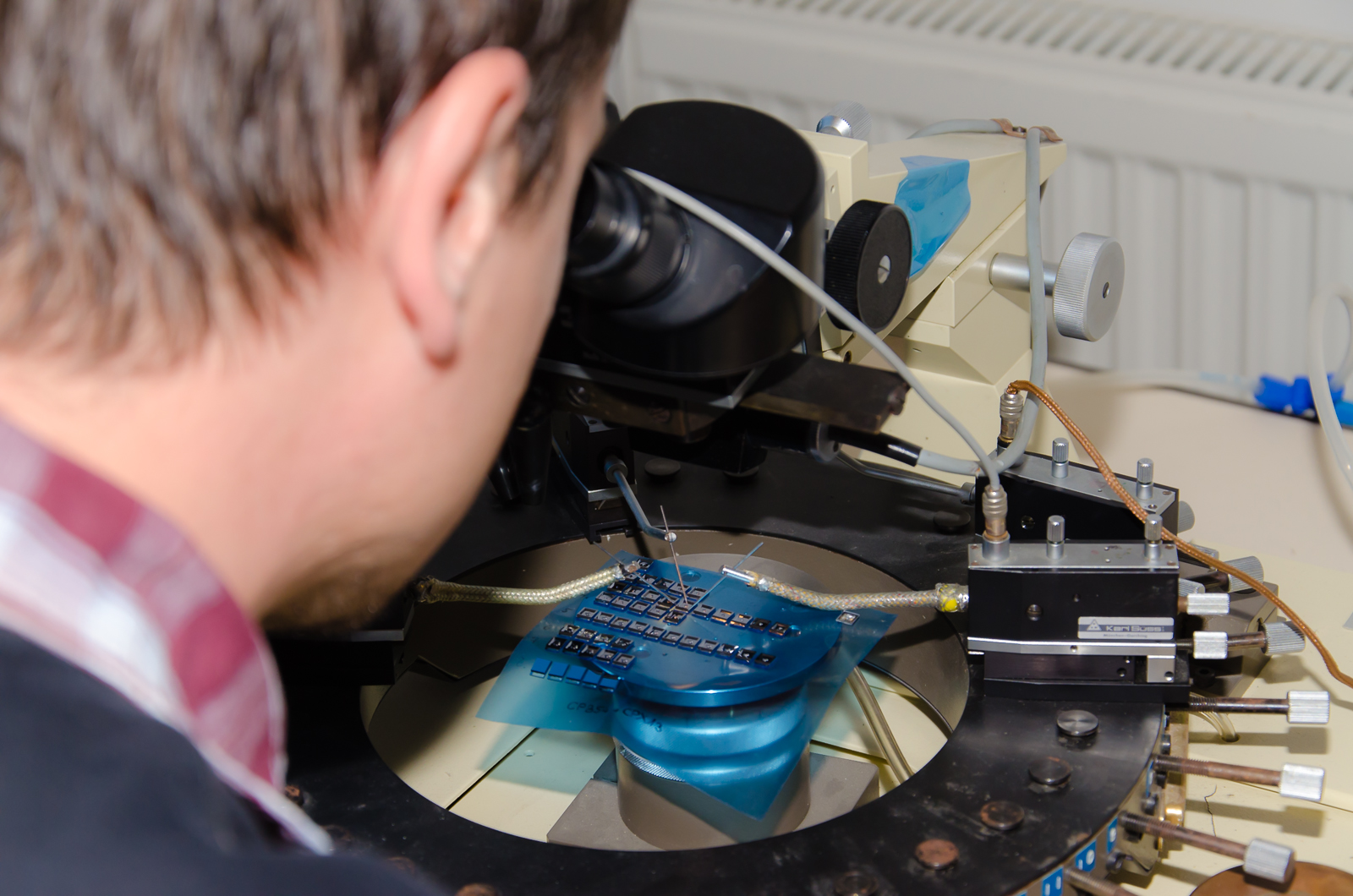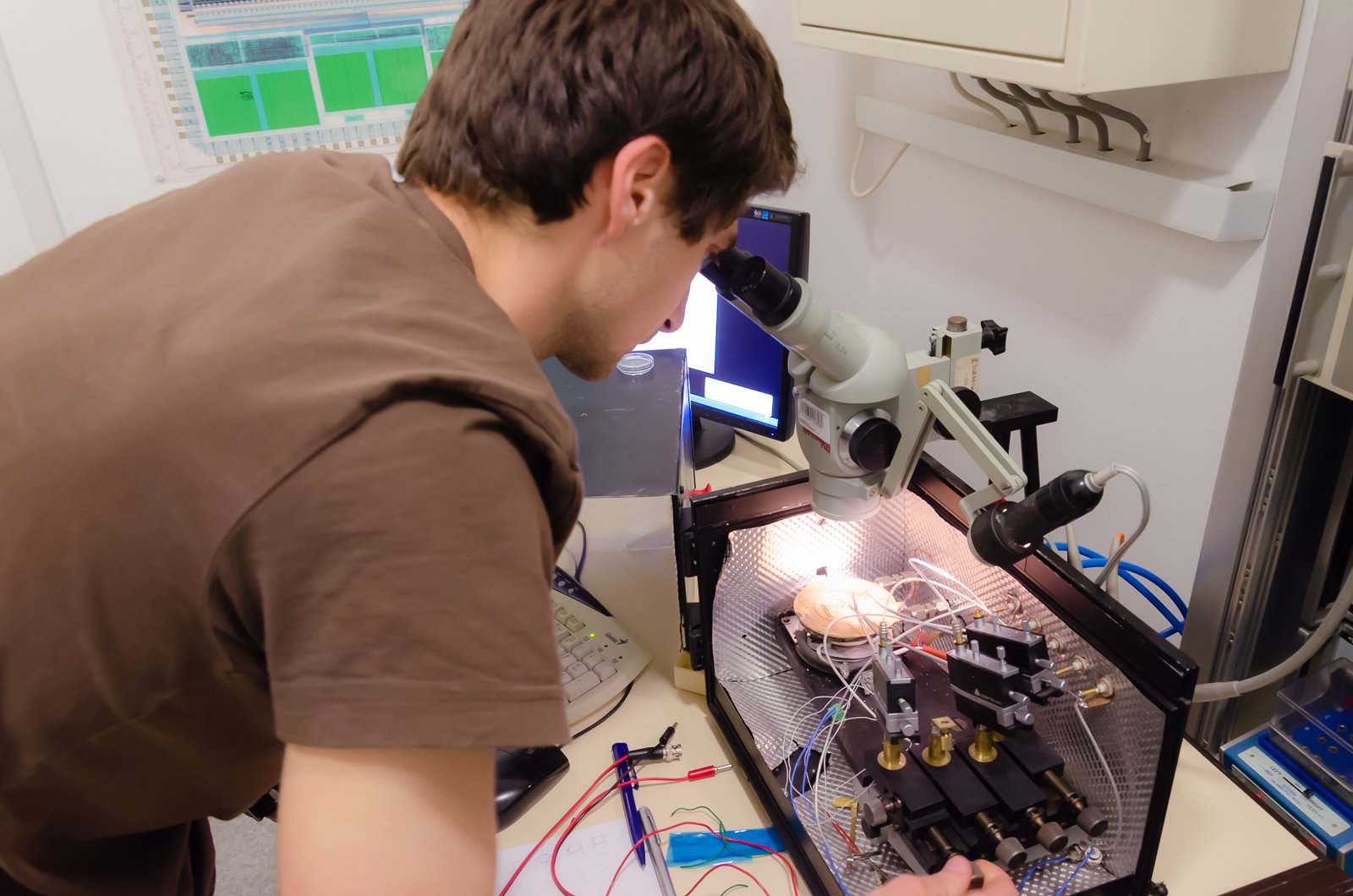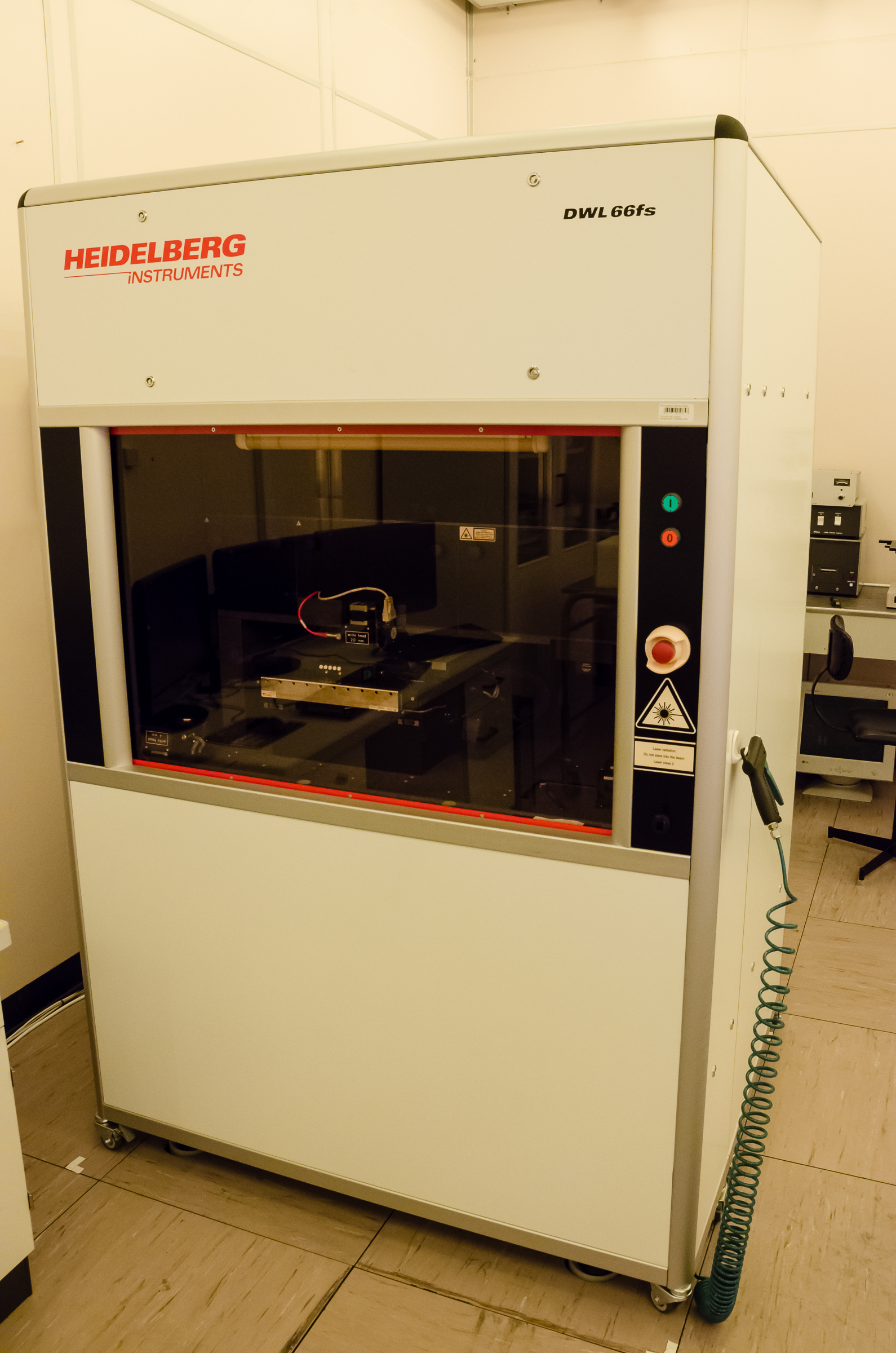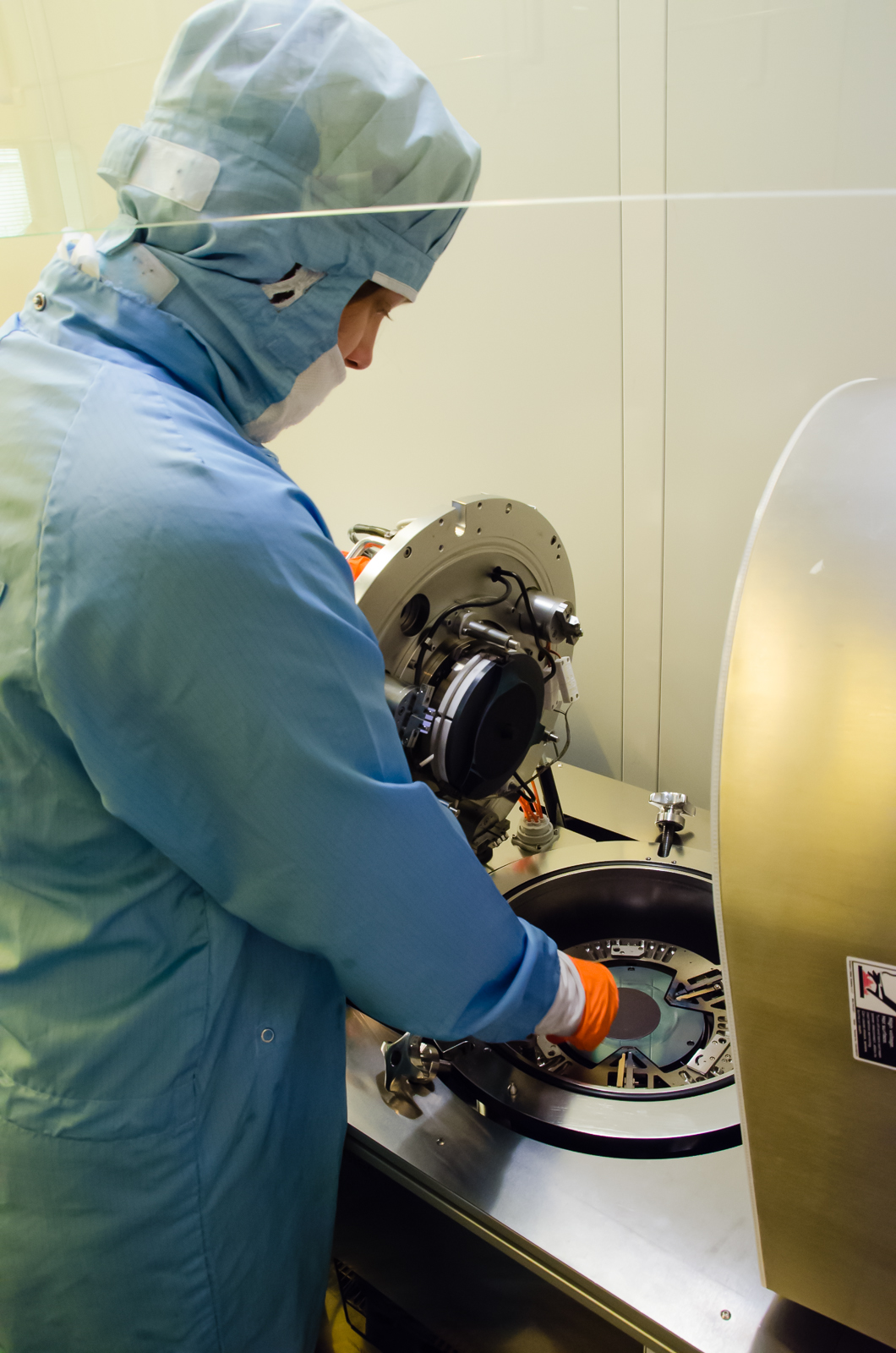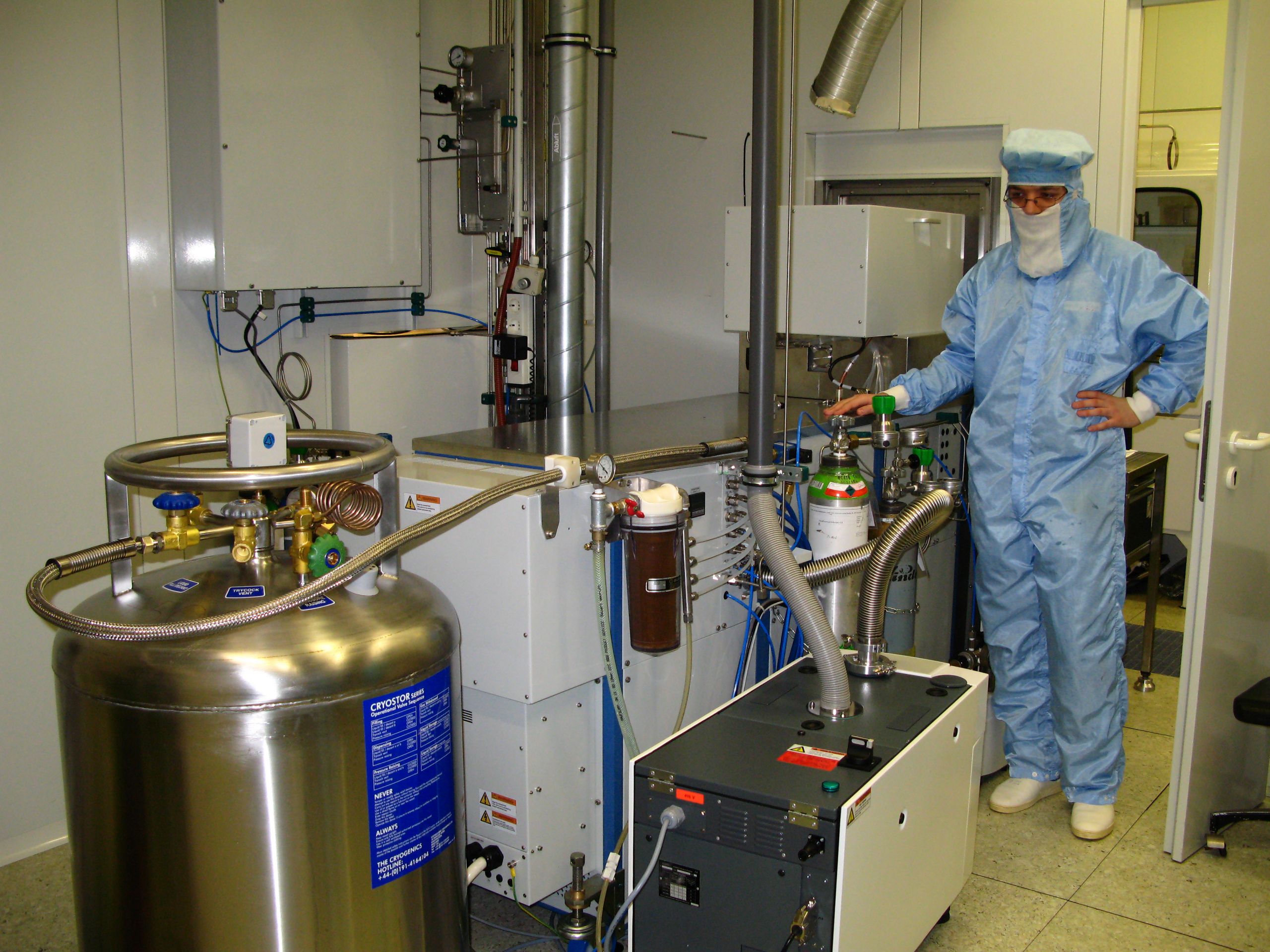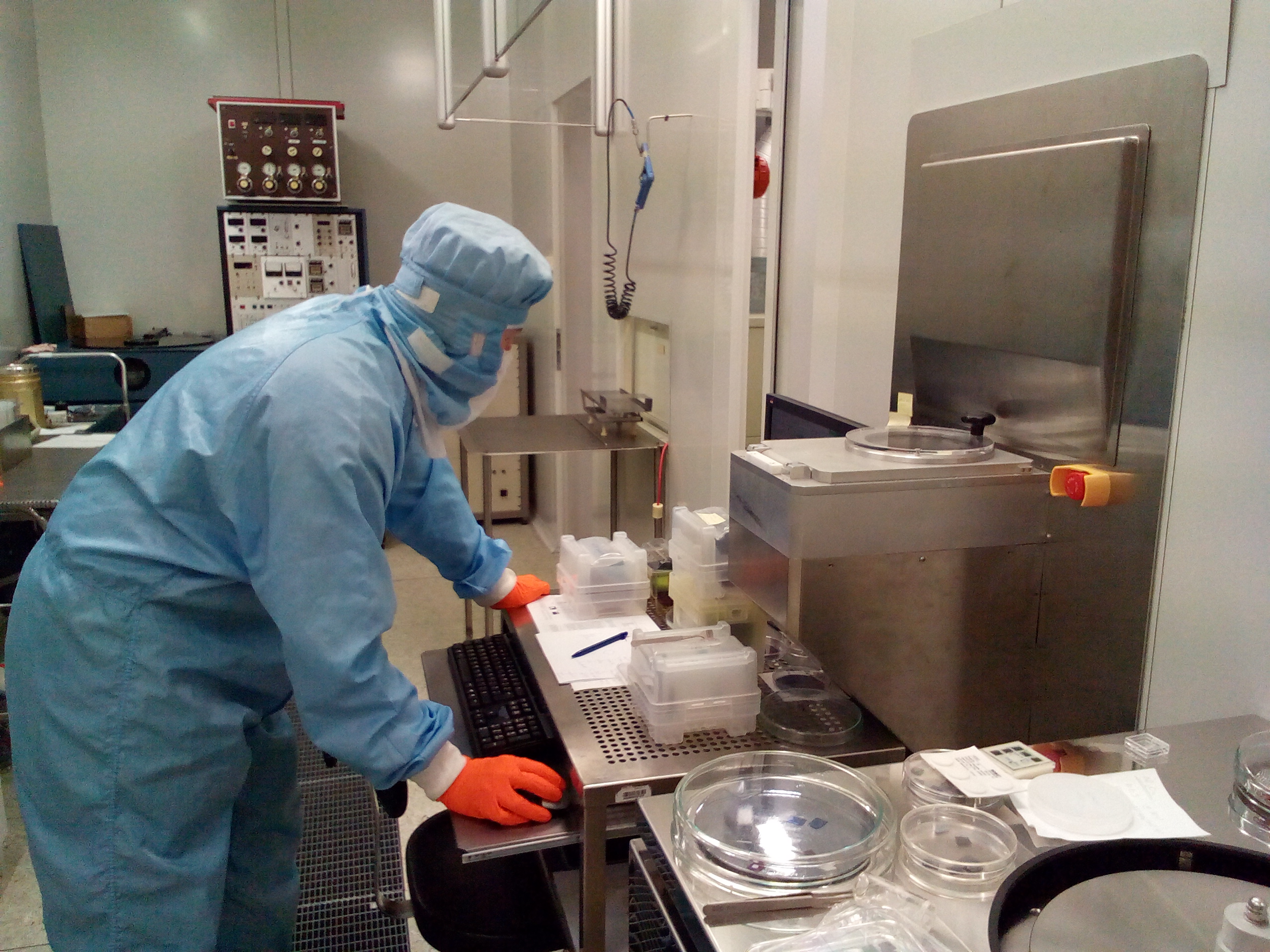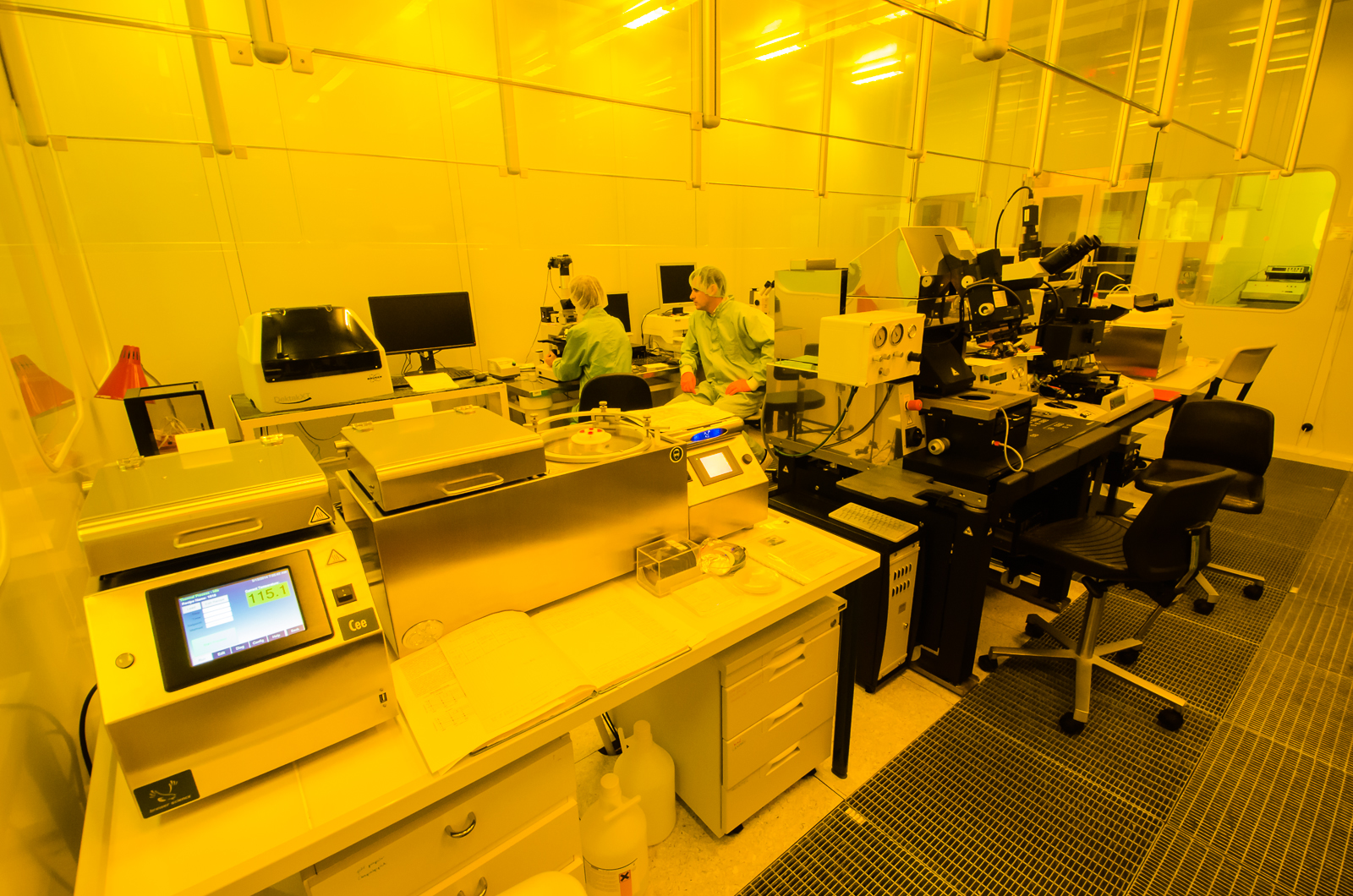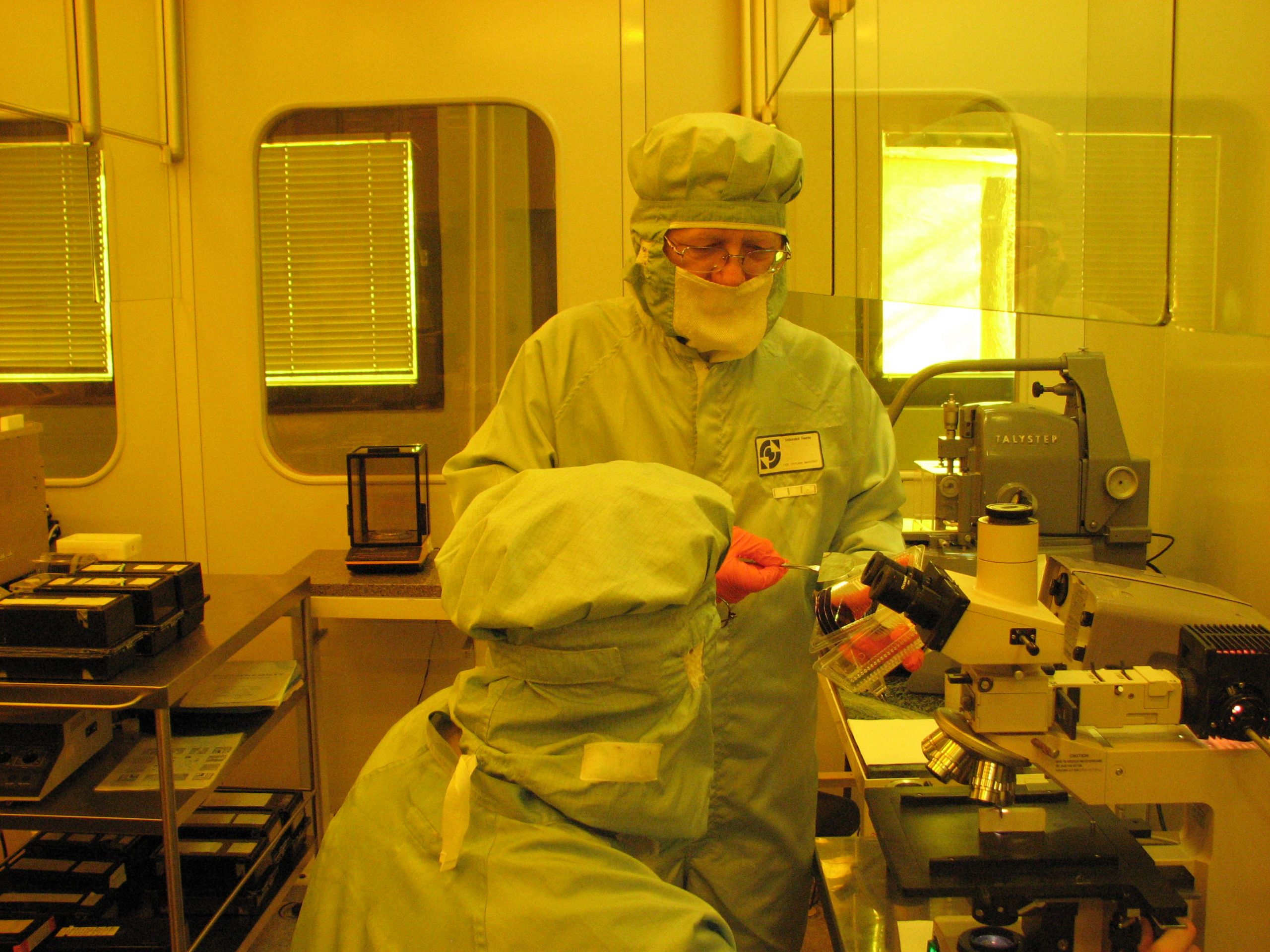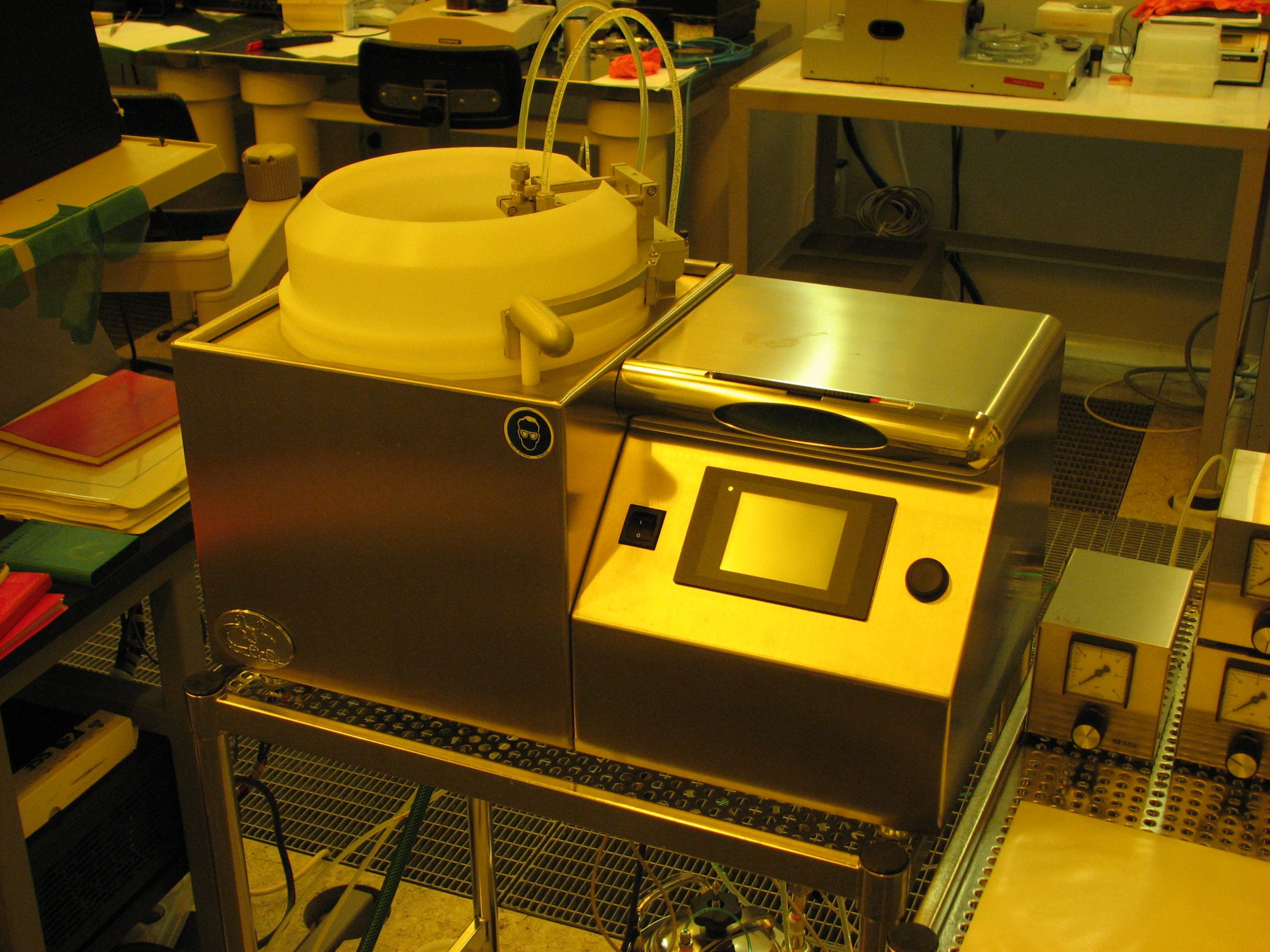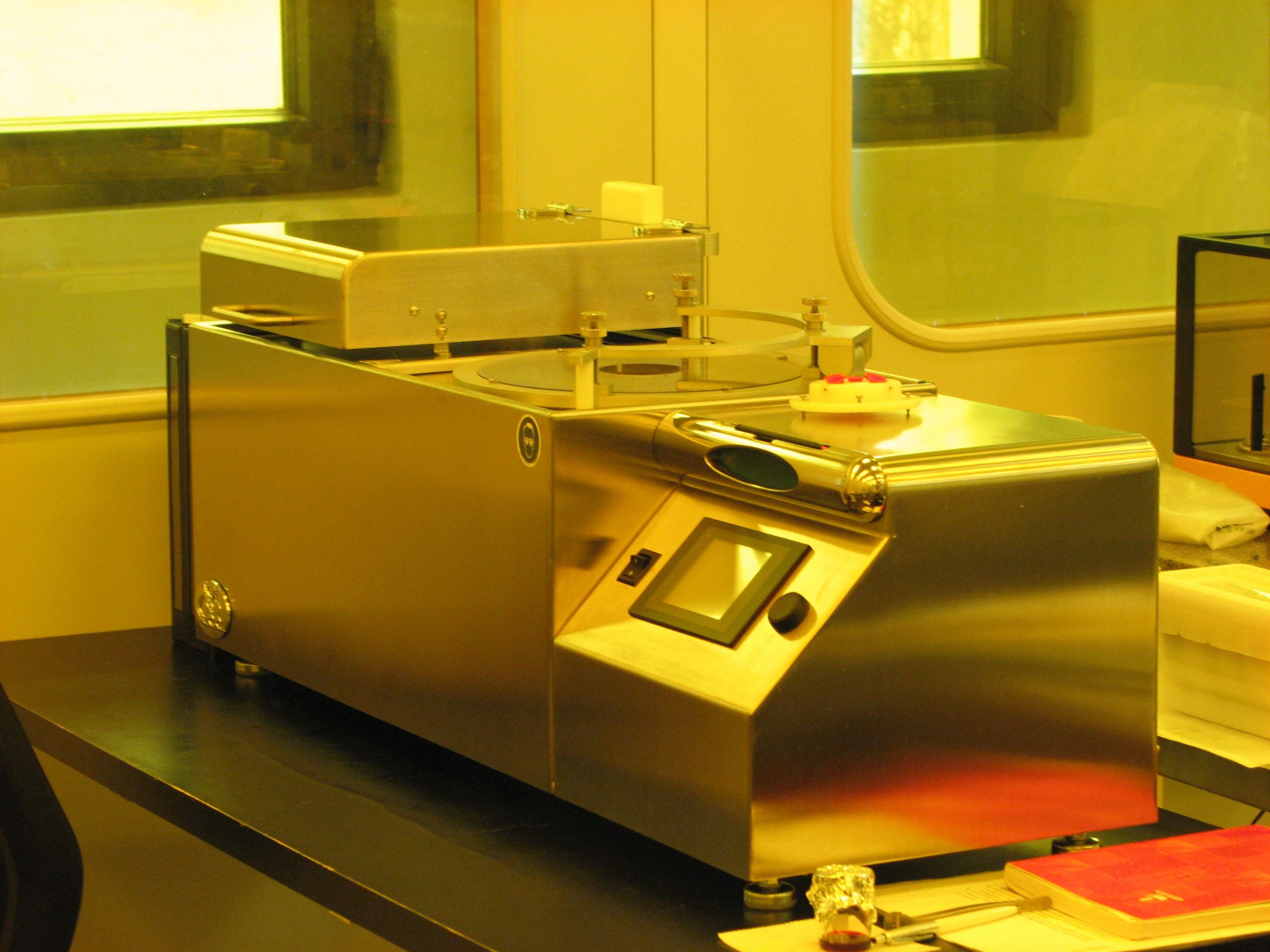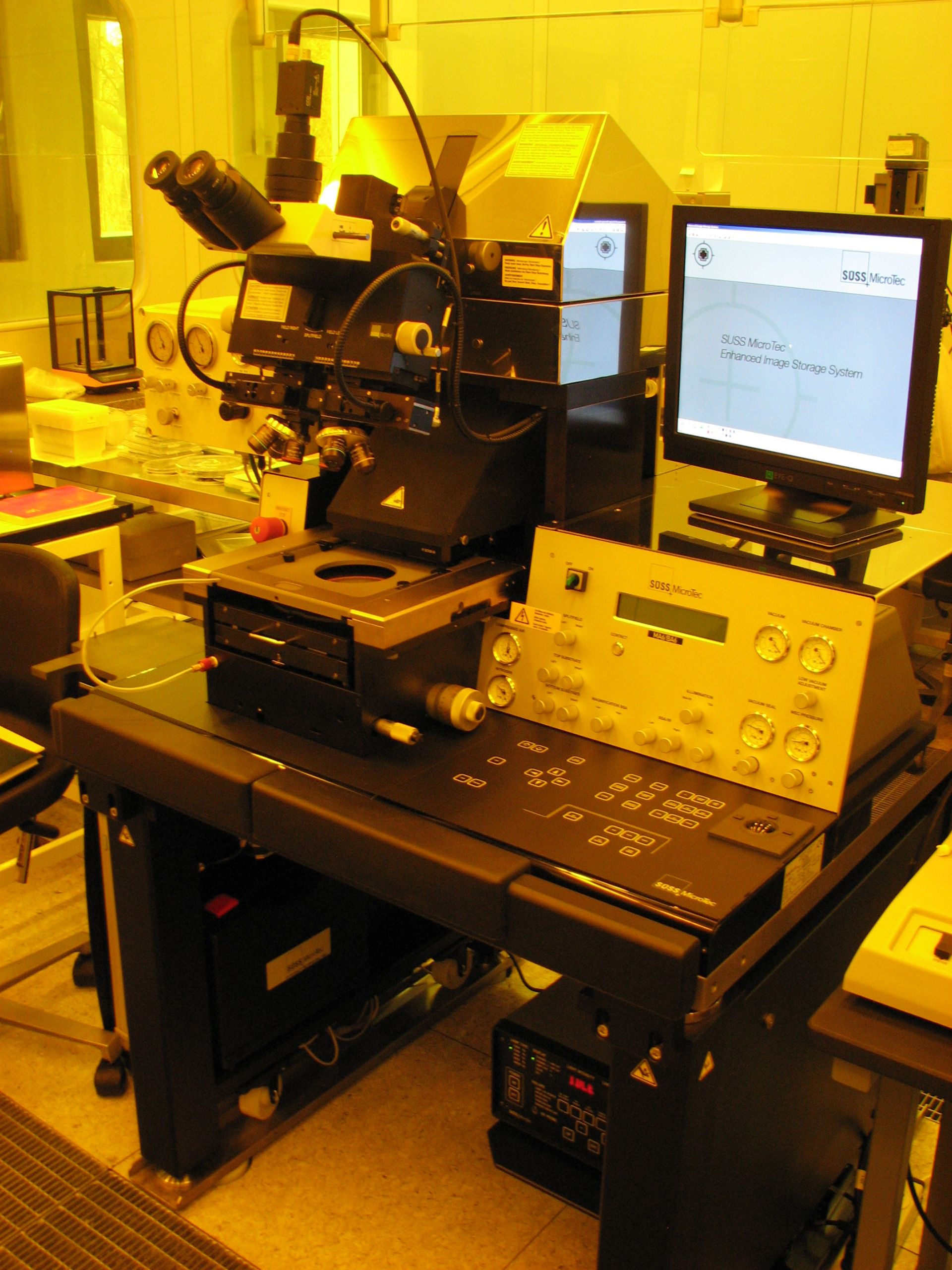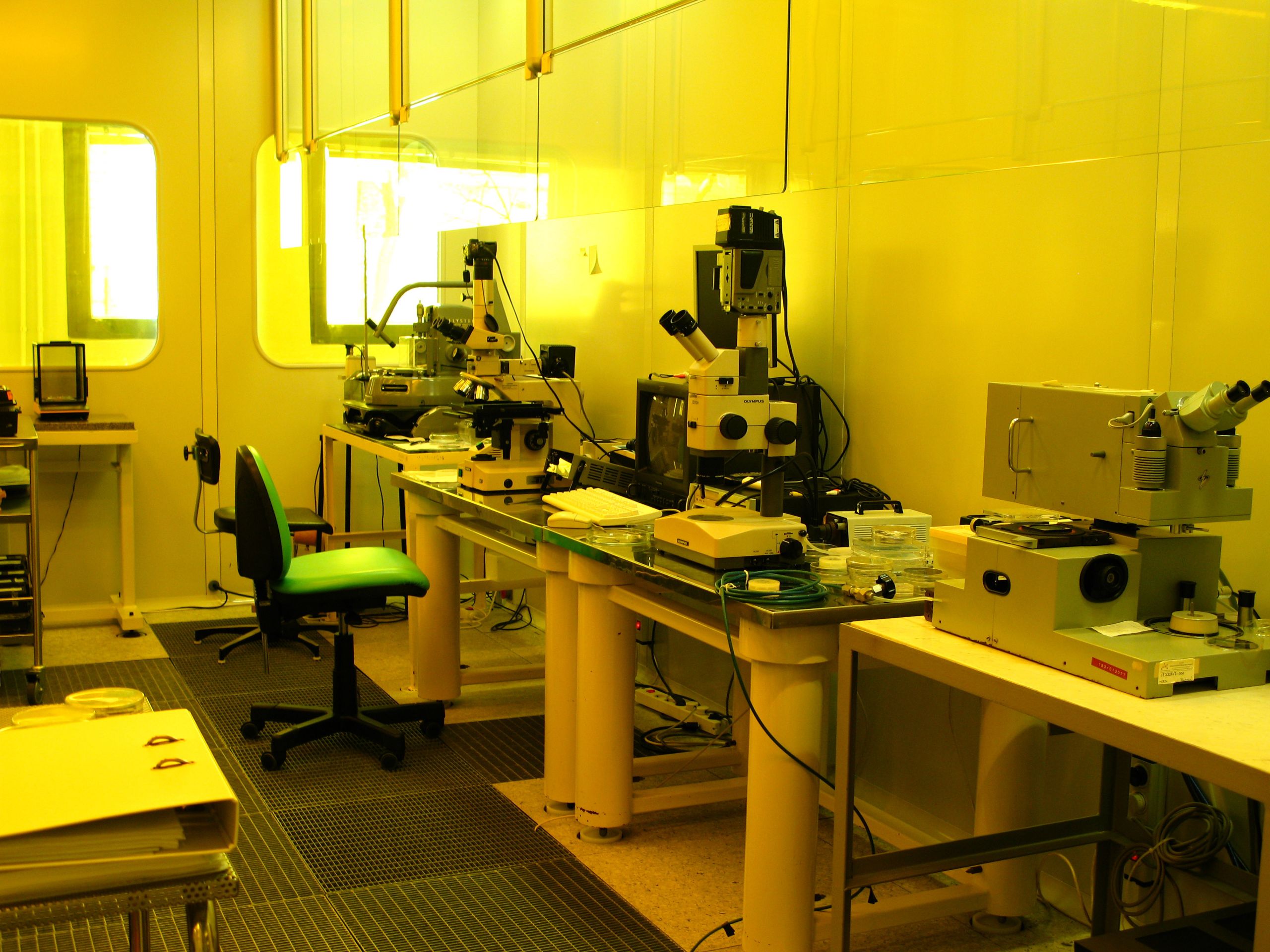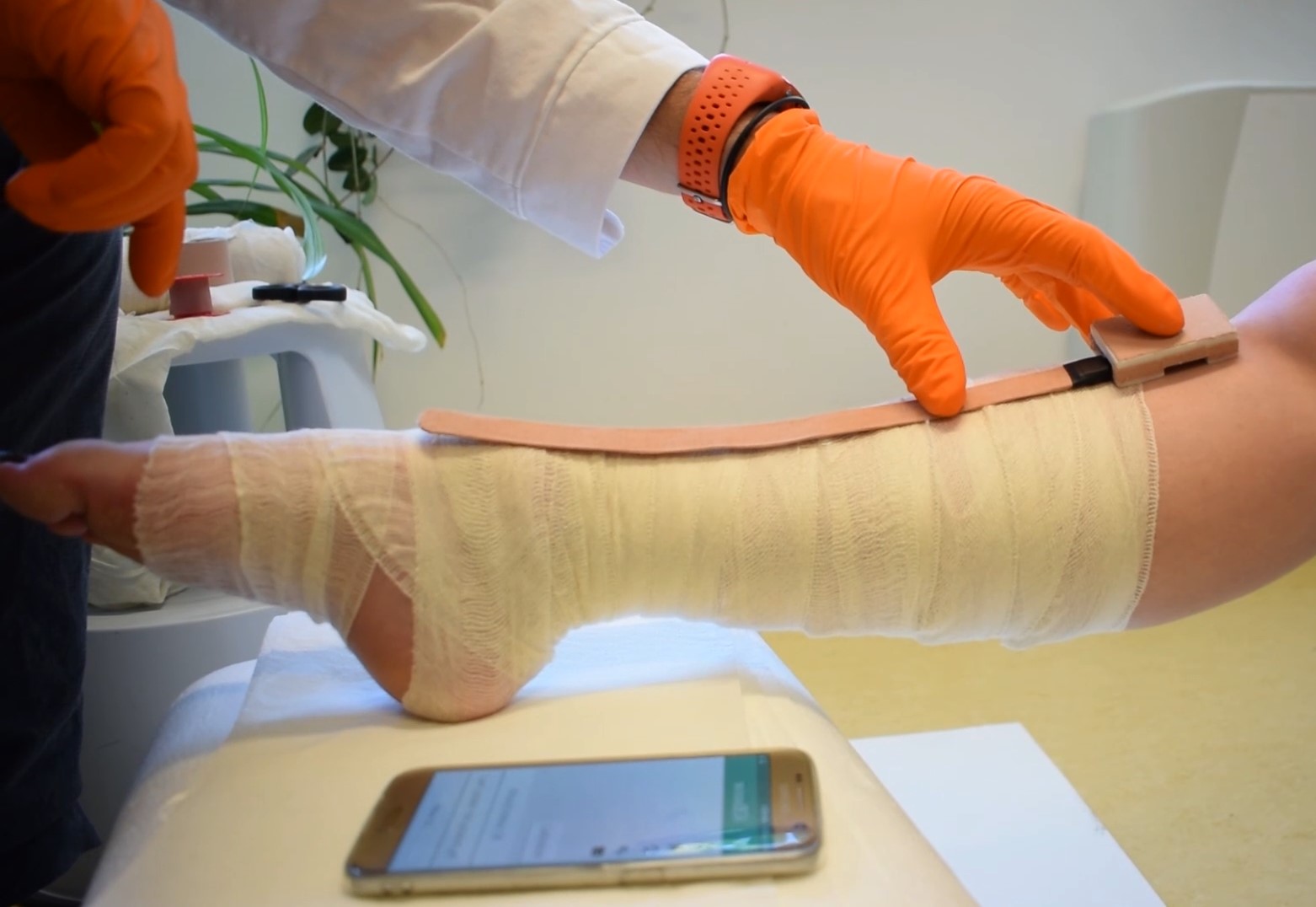Introduction
Nanosensors Lab was established in 2019 from the former Department of Microtechnology. The core infrastructure, having two semiconductor clean rooms is shared and operated together with the Microsystems Lab. Nanosensors Lab is a part of the Research Institute of Materials Science which belongs to the Energy Research Center.
Our Mission is to utilize the emerging results of nanotechnology and materials science for novel physical sensors, particularly for micro- and nanometer sized electromechanical systems (MEMS/NEMS). The research activities include the exploration of piezoelectric thin films, development of semiconductor based sensors and low-power consumption or even autonomous sensor networks.
Core Competencies
Nanotechnolgy
The group has over 15 years experience in low-dimensional semiconductor nanomaterials (e.g. ZnO nanowires). It involves both the controlled growth of the nanomaterials and their integration into nanocircuits. The key infrastructure includes an e-beam lithography system, an FIB/SEM crossbeam system, SEM micromanipulators, and a scanning probe microscope (SPM). Using these competences we have participated in several international projects and are currently involved in the national Quantum Computer Program and a MEMRISTOR related project.
MEMS Sensors and Actuators
Development of MEMS devices by standard Si technology. The studied systems include three dimensional piezoresistive force sensors, unimorph piezoelectric cantilevers for energy harvesting, frequency sensitive piezoelectric accelerometers for cochlear implants.
Prototype Development
Prototype development is a relatively new system integration-type activity of the group stimulated by the requirements of a domestic projecton energy harvesting (www.kofah.hu). Our aim is to integrate our in-house developed MEMS/NEMS sensors and actuators into a proof-of-concept device which can be transferred to the potential end-users. By this development the technology readiness level is usually increased from level 1-2 to 6-7 The work includes the design and programming of embedded systems, wireless communication protocols, system packaging, web-based data processing, and validation.


